2023 IHA Occasions Report: Housewares Joins The Celebration
The exclusive HomePage News Report on the 2023 International Housewares Association (IHA) Occasions Survey offers an in-depth look into how consumers are currently celebrating life moments and what that means for home and housewares purchasing in 2023.
The 2023 International Housewares Association (IHA) Occasions Report provides insight into how consumers are once again embracing key life moments and plan to in the year ahead and beyond.
The 2023 IHA Occasions Report is sponsored exclusively by Newell Brands. Results of the Survey throw light on opportunities available to the home and housewares industry to serve upcoming personal, family and friend celebrations. They also reveal how consumers will approach their next life stages and how retailers and suppliers can forge lasting customer relationships by engaging them and following them through key life moments.
The proliferation of housewares product purchases for these stand-alone occasions suggests that housewares retailers and suppliers should continually consider their role as gift providers for not only major life events but for annual occasions including birthdays and anniversaries, and also for “anytime moments” when a person wants to turn just another day into a time to celebrate.
The COVID-19 pandemic and its economic aftermath have scrambled long-established occasion traditions, and year-over-year results in the Survey chronicle how consumers have both rescheduled and reimagined life events that were delayed by coronavirus-related fears and restrictions. Weddings, for example, were postponed. According to the Survey, the proportion of respondents who plan to attend a family or friend wedding during the next 12 months or so declined.
The proliferation of housewares product purchases for these stand-alone occasions suggests that housewares retailers and suppliers should continually consider their role as gift providers for not only major life events but for annual occasions including birthdays and anniversaries, and also for “anytime moments” when a person wants to turn just another day into a time to celebrate.
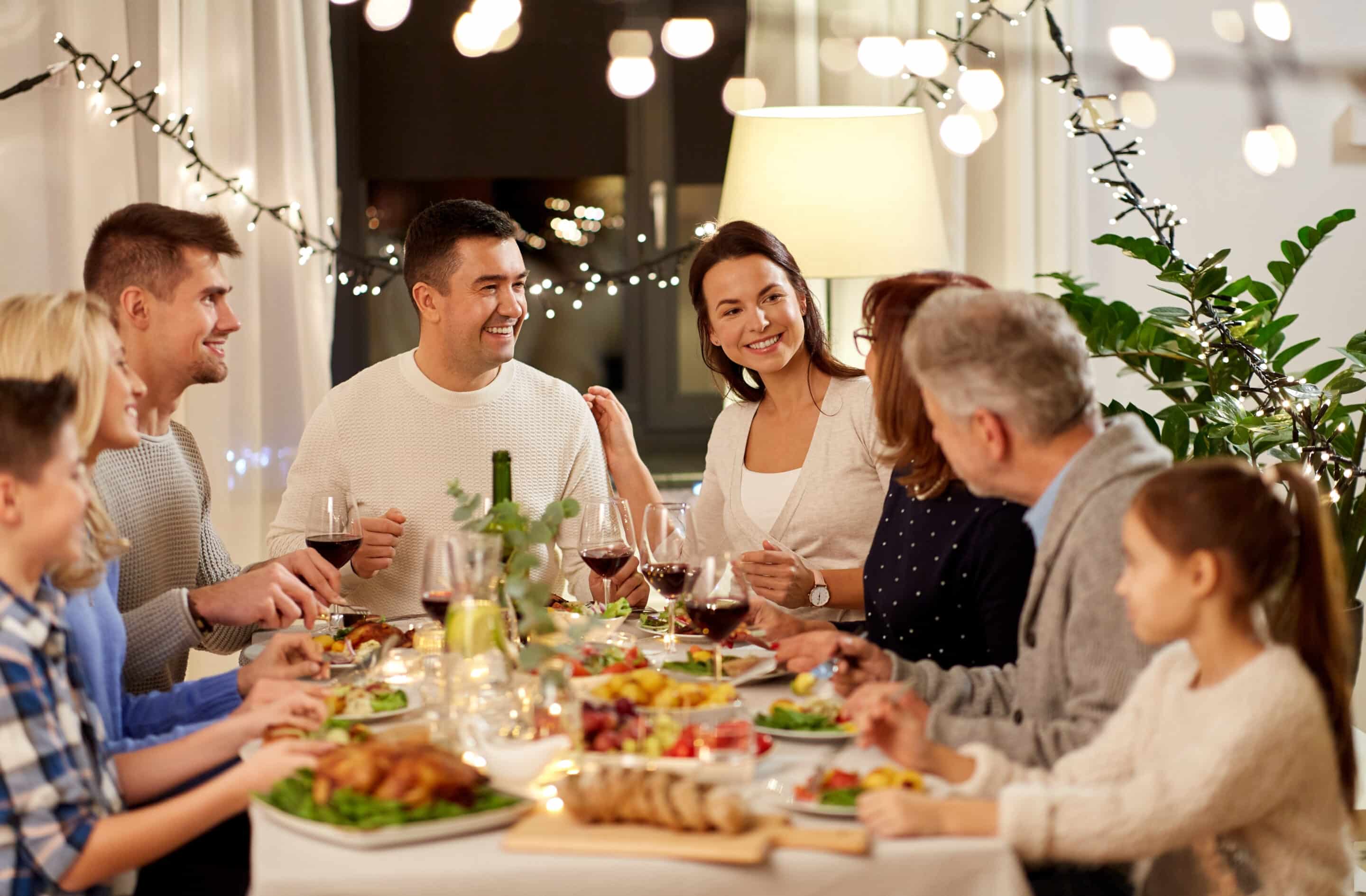
However, that has occurred during a year that, according to market research by The Wedding Report, has seen a major rebound from a depressed number of nuptials in pandemic-stricken 2020 and also beyond what was typical in the years prior to the COVID-19 outbreak. The Wedding Report anticipates another slight bump next year before the numbers slip back toward what would normally be expected. So, the rush to wed after marriages were deferred by the pandemic may be declining, but the occasion will still offer significant opportunities for home and housewares going forward.
Deferral isn’t the only change in weddings wrought by COVID-19. Time, place and format are all in flux. Many weddings being conducted and planned today are “second” weddings for couples who have already married in small ceremonies that included only a small circle of attendees, but who now, as the pandemic becomes a lesser consideration, are determined to have their larger reception and celebration. The pandemic also gave new impetus to destination weddings, already popular but surging as the world opens up again. The pandemic allowed engaged couples to “nest” in their homes before the actual wedding event, and many of them began to bring products into their homes that might normally have waited until registry fulfillment.
The thinking can even extend to non-traditional events conducted to more closely reflect the tastes and personalities of the frequently older and better-established couples. Other factors that encourage consideration of the non-traditional include the difficulty of even finding a traditional venue, many of which have been thoroughly booked up and can be incredibly expensive. Indeed, The Wedding Report reported that the average wedding in the United States cost just over $27,000 in 2021. How might these consumers rely on housewares product to pull off their less elaborate ceremony and reception plan?
In the 2023 IHA Occasions Survey, just under a quarter of respondents were looking at attending a friend or family wedding in the next 12 months versus 29% in the year-prior survey. Those expecting to be involved in a family and friends engagement event in 2023 totaled 21% (6% very likely and 15% somewhat likely) versus 25% (9% very likely, 16% somewhat likely) a year earlier.
In the 2023 IHA Occasions Survey, just under a quarter of respondents were looking at attending a friend or family wedding in the next 12 months versus 29% in the year-prior survey.
The bridal shower occasion slipped slightly at 19% of respondents likely (7% very likely and 12% somewhat likely) to be involved in such a family and friends event in 2023 versus 2022, at 23% (9% very likely and 14% somewhat likely). A slight year-over-year difference held for baby showers at 25% (11% very likely and 14% somewhat likely) versus 16% (11% very likely and 15% somewhat likely) in the 2022 survey.
At a time when the home market is in flux, the housewarming occasion possibility for family and friends slipped year-over-year at 28% (10% very likely and 18% somewhat likely) versus 32% (12% very likely and 20% somewhat likely) a year before. The decline is no surprise, but the continued elevation vs. pre-pandemic levels is important.
Fewer 2023 IHA Occasions Survey respondents expected to be involved in the family and friends leaving for college occasion in the coming year, at 15% (7% very likely and 8% somewhat likely) than was the case in the 2022 survey, at 17% (9% very likely, 8% somewhat likely.) However, what may be more revealing about the data is how the occasion seems to be made up of multiple events that stretch over several months as friends and family interact with the college-bound from the period leading up to high school graduation and the time the newly located collegians are using gift cards to finish fitting out their dorms and apartments. In addition, the pandemic created an influx of online secondary education opportunities which are both experienced in the home as opposed to away, and that are often experienced by slightly older consumers than you would expect in a traditional “off to college” demographic.
Taking place beyond a singular time and place for a given occasion, new pet ownership is similar in that it may consist of multiple events as people pay visits to the household with a new pet.
Still, as a gift-giving occasion, it amounts to pretty much the same thing, and, in the aggregate, new pet occasions are up slightly in the 2023 study to 33% from 32%, although the certainty is a bit less at 10% very likely and 23% somewhat likely in the 2023 survey versus 12% very likely and 20% somewhat likely in the 2022 Survey.
Taking place beyond a singular time and place for a given occasion, new pet ownership is similar in that it may consist of multiple events as people pay visits to the household with a new pet.
As for retirement, fewer respondents in the 2023 Survey said they anticipate a family and friend occasion, at 20% with 8% very likely and 12% somewhat likely, as compared to 22%, with 10% very likely and 12%, somewhat likely, in last year’s Survey. The depressed stock market and inflation are among the factors that could be convincing seniors to work a bit longer. In the nationally projectable Survey of 2,200 adults across the United States, 20% represents more than 66 million potential customers.
The Survey also identifies the attitudes toward occasions gifting among 18-34-year-olds. The age bracket is worth calling out because it mixes younger Millennials and older Gen Z members. Many market observers consider this group to be important, as members often have more in common with each other than with their designated cohorts. While the oldest Gen Zers are in college or beyond, as they’re as old as 25, the youngest members are 11, and in a very different life stage. Then, the youngest Millennials are 26 while the oldest are reaching their 40s and are more likely to be settled down than the younger members of the group.
By calling out 18-34-year-olds, the Survey coverage zeroes in on younger people who are emerging as consumers and likely relatively enthusiastic housewares purchasers. It’s noteworthy that in almost all housewares purchase categories covered, 18-34-year-olds are at or near the top in terms of their purchase intent across key occasions. This makes sense, as many key life occasions—leaving for college, engagement, bridal showers, weddings and baby showers—tend to take place within this age range. This age group is generally the most active in terms of changes in their lives that tend to require home + housewares product acquisition.

“We talk about retirement as an occasion, but after the occasion has passed, this is a different consumer. A retired consumer. What do they need moving forward?”
— Leana Salamah, VP Marketing, IHA
The Survey identifies opportunities in terms of market parameters and dynamics. Another important factor to consider, though, is the survey’s delineation of life events. Leana Salamah, vice president, marketing, IHA, said the opportunity isn’t necessarily confined to a given occasion, but it often extends well beyond as consumers re-equip for their next life stage. After an event and its related occasion occur, a consumer’s lifestyle and needs evolve.
“These are inflection points,” Salamah said. “They fundamentally change something about the consumer. We talk about retirement as an occasion, but after the occasion has passed, this is a different consumer. A retired consumer. What do they need moving forward?”
Occasions have another effect, particularly now, as they are not only celebrations but also important points that allow people to connect and reconnect.
The need to celebrate and restore personal relationships has been particularly important over the last several months, Joe Derochowski, home industry advisor for The NPD Group, said. The habits developed during the pandemic period of relative isolation haven’t been easy for everyone to shake off, especially because the COVID-19 virus has rebounded in variants in such a way as no clean break with the pandemic occurred. Occasions are helping consumers get back into the swing of personally socializing with family and friends.
Indeed, new celebrations are getting more emphasis as they encourage get-togethers. One, still informal but increasingly more clearly defined occasion is the baby gender reveal, an extra new child-related occasion. Not everyone has embraced the event, at least not yet, but the same can be said of other accepted festivities. Celebrations around new pets, it’s worth noting, have become more prevalent.
“It’s not just the occasions that drive you in giving a gift, but you’re also living that occasion.”
— Joe Derochowski, VP, Industry Advisor, Home & Home Improvement, The NPD Group
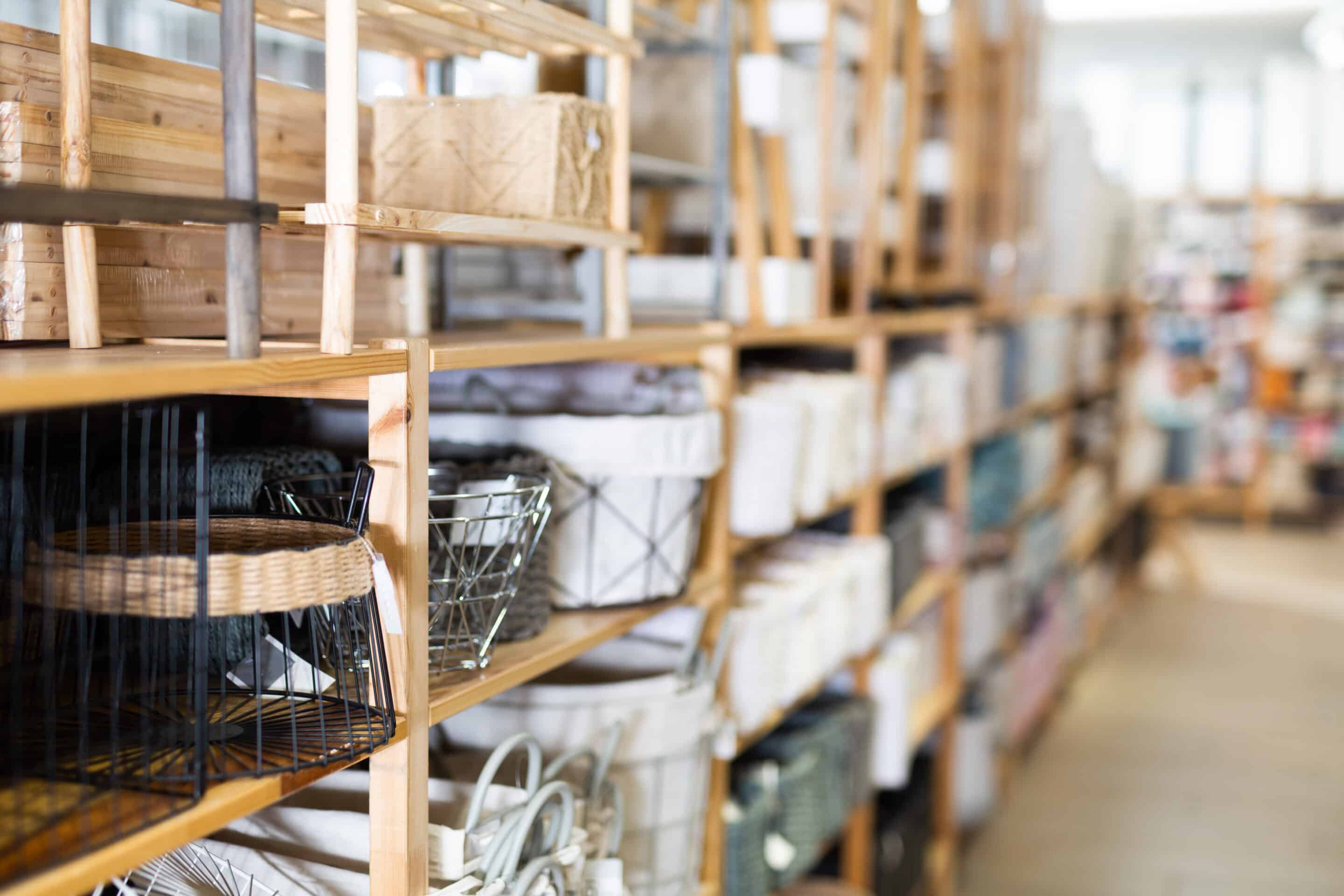
Appreciation of an occasion is important because it leads to the recognition that housewares products are more than tools purchased by consumers based on need, Derochowski said. “It’s not just the occasions that drive you in giving a gift, but you’re also living that occasion,” he continued.
A thoughtful gift reinforces the bond and helps outfit a recipient for the next life phase. Given their wide range of purposes, housewares can be those thoughtful gifts from single-cup coffee makers for the college bound to vacuums designed to capture pet hair more effectively to cooking tools that work efficiently for people who may be losing some strength with age. A corollary effect can be the development of an emotional relationship with brands.
Tom Mirabile, founder of Springboard Futures and IHA’s consumer trend forecaster, said the opportunities that occasions provide should be explored and appreciated, but he takes it a step further. To boost sales, housewares should be developed and sold not only for their inherent qualities but also as gifts that suit a wide variety of occasions. He emphasizes that every day is a potential occasion, and housewares can be positioned to encourage consumer purchases for life stages and everyday celebrations. Mirabile even recommends having staff dedicated to monitoring social media so they can get in early on the next big thing. Other considerations shouldn’t distract from an important constant, Mirabile said. “Housewares is a gift business.”
The 2023 IHA Occasions Survey was conducted by Morning Consult in September 2022. More than 2,200 interviews were conducted online, and the data is weighted to approximate a target sample of adults based on gender, educational attainment, age, race and region. Results from the full survey have a margin of error of plus or minus 2 percentage points.
The 2023 Occasions Report Analysis was written by Mike Duff, Contributing Editor.
Bridal Showers
Almost 20% of the 2023 IHA Occasions Survey respondents expect to be taking some part in and around a bridal shower for family and friends, with 7% very likely and 14% somewhat likely, and 18–34-year-olds leading at 12% and 16%, respectively.
About 4% of respondents said they were very likely and 4% said they were somewhat likely to be involved with a bridal shower in their own lives. Men were ahead of women, as men registered 5% very likely and 5% somewhat likely compared to 3% and 2%, respectively, for women. Again, younger consumers lead as 8% of 18–34-year-olds said they were very likely to celebrate a bridal shower, and 6% said they were somewhat likely to do so, ahead of 35-44-year-olds at 5% and 4%, respectively.
Bridal shower expectations among family and friends come in at 62% for one such event, with 35% anticipating two to four and 4% anticipating five or more. For people just anticipating a single bridal shower occasion, respondents 65 and over lead at 74%, only a point higher than 45–64-year-olds. The 18-34 group was most likely to be involved with five or more bridal showers at 6%. Men were more likely to have one bridal shower on their calendars versus women at 63% versus 60%, respectively; and men were less likely to have two to four, at 31%, compared to 38% for women. Men were a bit more likely to have five or more such occasions, at 6% versus 2% of women.
For bridal showers, 7% of respondents said they would very likely purchase a housewares gift and 14% were somewhat likely. Women and men tied on the very likely result, but men lagged on the somewhat likely response at 12% compared to 15% of women. In terms of age brackets, respondents 18-34 years old, at 11% very likely and 17% somewhat likely, led by 35–44-year-olds, at 9% and 18%, respectively, with older respondents trailing.
At 15% very likely and 15% somewhat likely, consumers with an income of more than $100,000 were ahead of the other income demographics when it comes to bridal shower anticipation, with middle-earning households at 7% very likely and 18% somewhat likely; and households earning less than $50,000 at 6% and 11%, respectively. The higher the education level, the more likely respondents were to anticipate baby shower participation.
As for potential housewares purchases, Survey respondents selected kitchen products 37% of the time, bedroom products 37% of the time, bathroom or personal care products 34% of the time, organization or home products 28% of the time and cleaning or home environment products 15% of the time. Most of the categories line up in gender terms, with significant differences only in kitchen products, with men at 32% compared to women at 41%, and cleaning or home environment, with men at 19% and women at 13%. Year over year, kitchen products dropped seven points, while bedroom products gained two points; bathroom or personal care was flat; organization or home décor products gained a point; and cleaning or home environment lost two points.
Older consumers were most likely to purchase kitchen products for bridal showers, with those 45-64 and 65-plus both at 41% and interest in the category declining among younger consumers. Consumers with household incomes less than $50,000, at 41%, were significantly more likely to purchase bedroom products than more affluent consumers, while those with household incomes above $100,000 were significantly more likely to select kitchen products at 46%.
Respondents 18-34 were most likely to select bathroom or personal care products at 39%, cleaning or home environment at 25% and organization or home décor products at 37%. Otherwise, consumers 35-44 led in bedroom products.
Some 31% of bridal shower-goers expressed a willingness to purchase a gift card; 49% were more likely to prefer a specific gift; and 20% weren’t sure. Men were a little more likely to give a gift card than women, but other key demographic factors including age, income and education, produce minor differences.
As COVID-19 poses less of a threat, a Priceline study is a reminder that destination bridal showers have become more popular and cost participants about $680 each, which may cut down on participants’ gift spending.
However, as with other celebrations, the place itself and the gifts involved aren’t necessarily the issues. Marsha Everton, principal, corporate director and advisor, The AIMsights Group, said how people approach occasions has changed. In the case of bridal showers, the event may mean more than the gifts, particularly to older and more educated people getting married, their families and their friends.
“There are so many choices and influences that allow each person to more clearly define their personal identity through what they own and use and gift to others. It’s an Instagram world. And TikTok, too!” Everton said.
“Even the nature of the occasion and the gifting portion of it are really different. At a bridal shower, 99% of the time those gifts are opened on-site in front of everybody, and there is ‘oohing’ and ‘ahhing’ over what was received. At the wedding, the presents are left on a table and opened by the couple after the fact. It doesn’t have the same kind of emotional resonance and sense of ‘this is from me to you.’ With the bridal shower, it is incredibly important that something about that item connects me and that person in some way.”
— Leana Salamah, VP Marketing, IHA

Leana Salamah, vice president, marketing, IHA, said the bridal shower occasion is about solidarity and familiarity as well as identity, making gifts a centerpiece of a critical personal event. The particulars have a dynamic that makes gifts even more immediately important than is the case with weddings.
“Even the nature of the occasion and the nature of the gathering and the gifting portion of it is really different,” Salamah said. “At a bridal shower, 99% of the time, those gifts are opened on-site in front of everybody, and there is ‘oohing’ and ‘ahhing’ over what was received. At the wedding, the presents are left on the table and opened by the couple after the fact. It doesn’t have the same kind of emotional resonance and sense of ‘this is from me to you.’ With the bridal shower, it is incredibly important that something about that item connects me and that person in some way.”
Given the emotional element, an opportunity for the bridal shower occasion may be, on one hand, a broader range of products considered, at least in terms of color and size, or, on the other, customization and personalization, any of which demonstrates an awareness of the bride’s tastes and personal preferences.
The 2023 IHA Occasions Report is sponsored exclusively by Newell Brands.


 Engagements
Engagements Bridal Showers
Bridal Showers Weddings
Weddings Home Ownership
Home Ownership Pet Ownership
Pet Ownership Baby Showers
Baby Showers College Bound
College Bound Retirement
Retirement


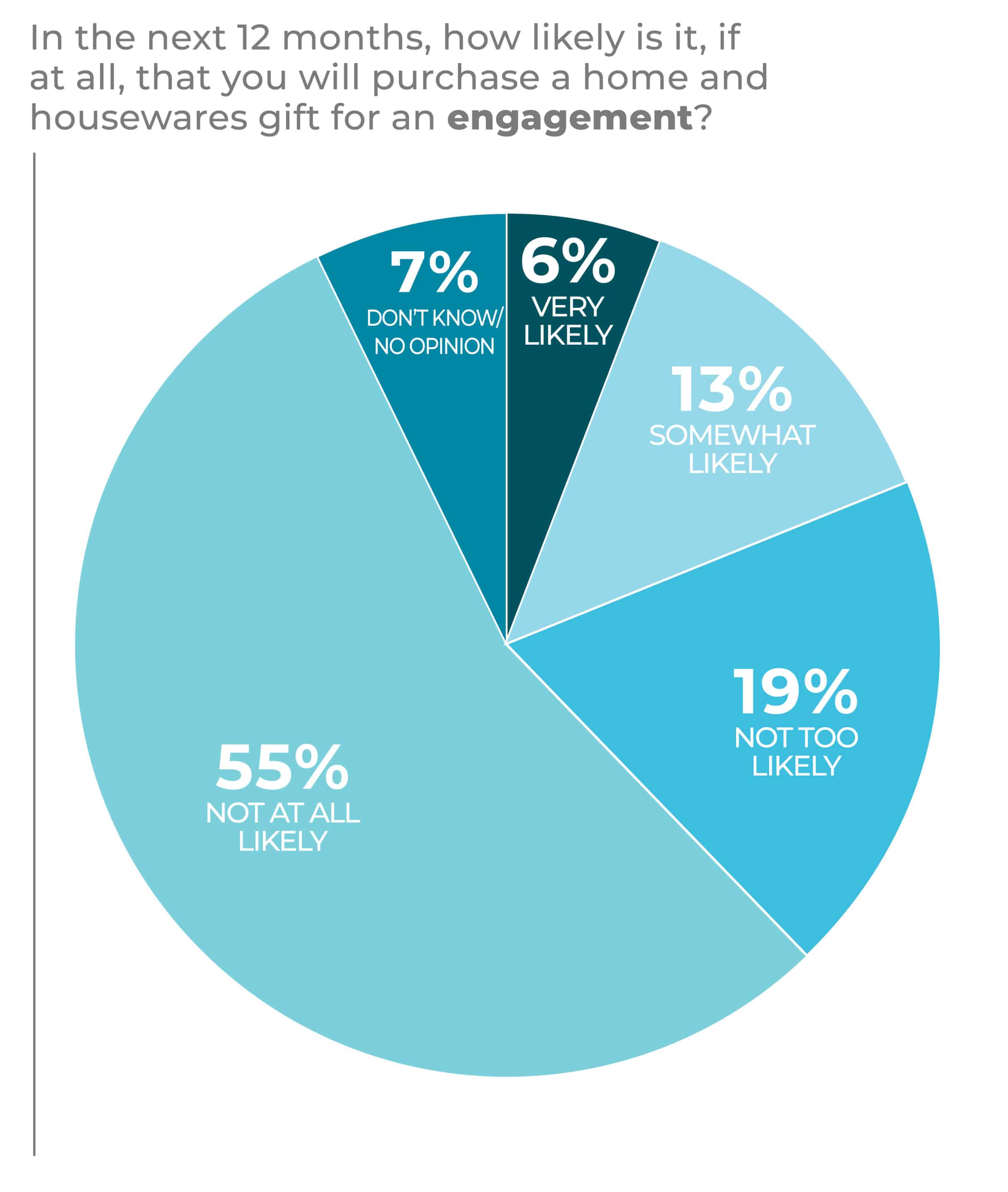
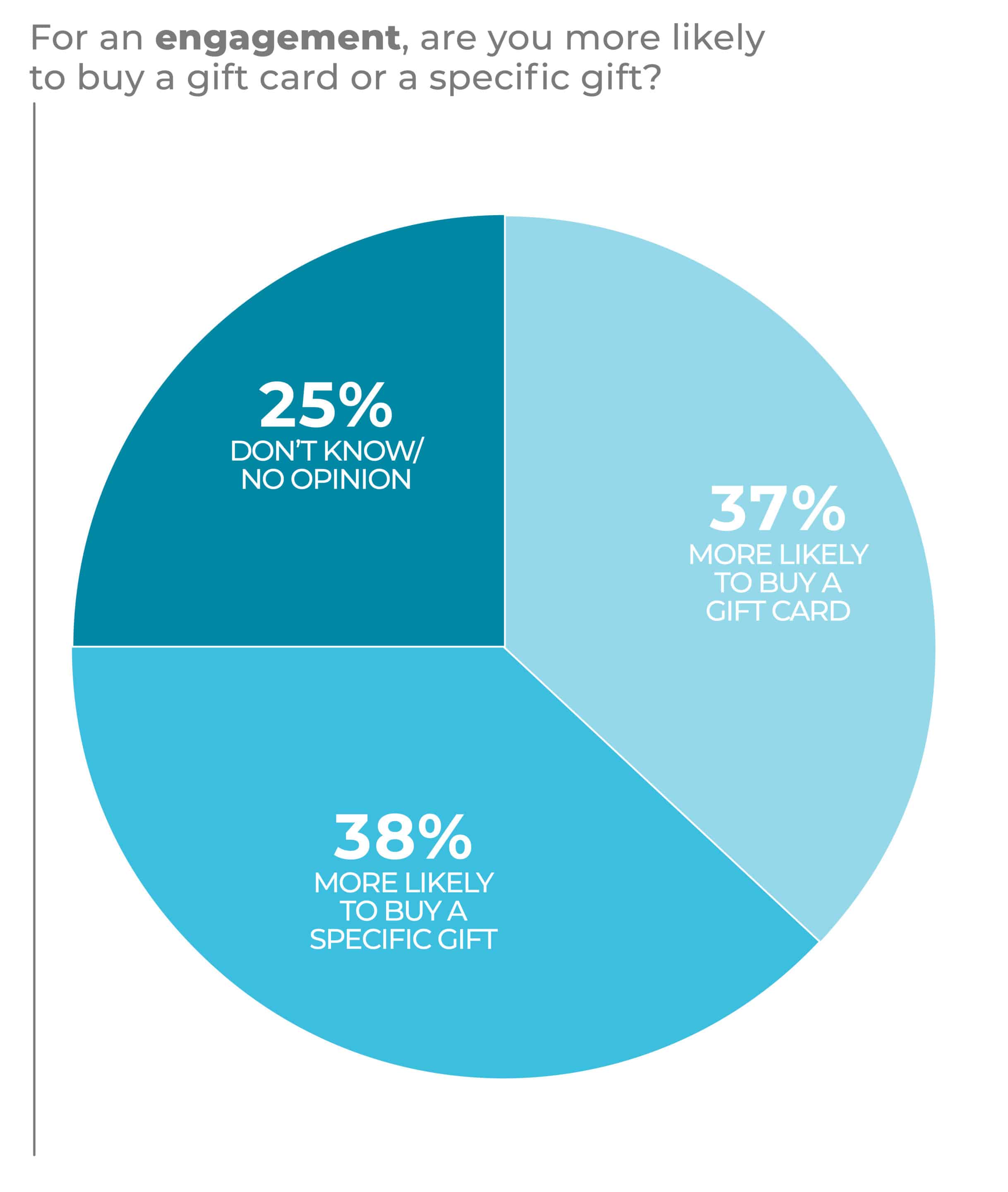
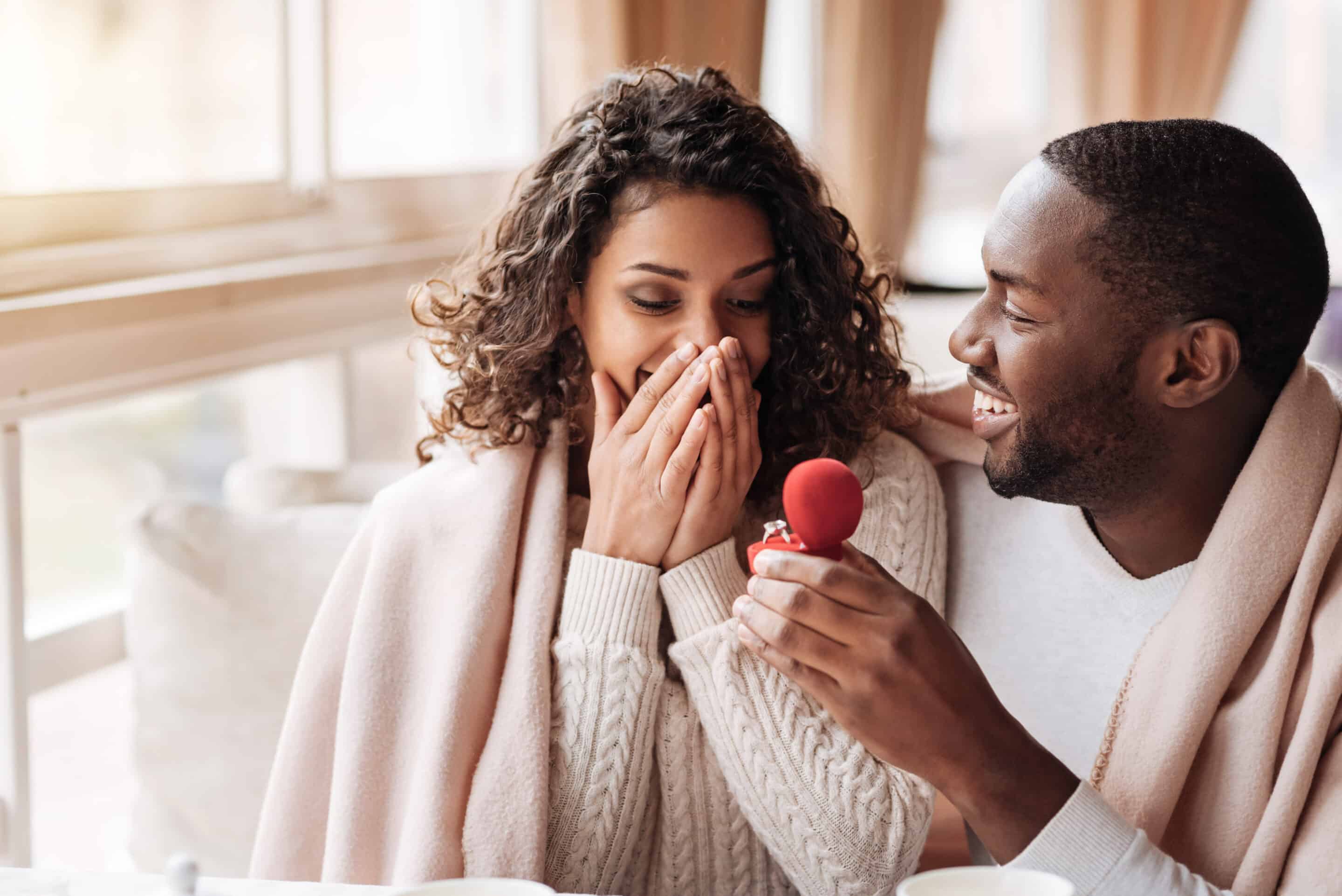
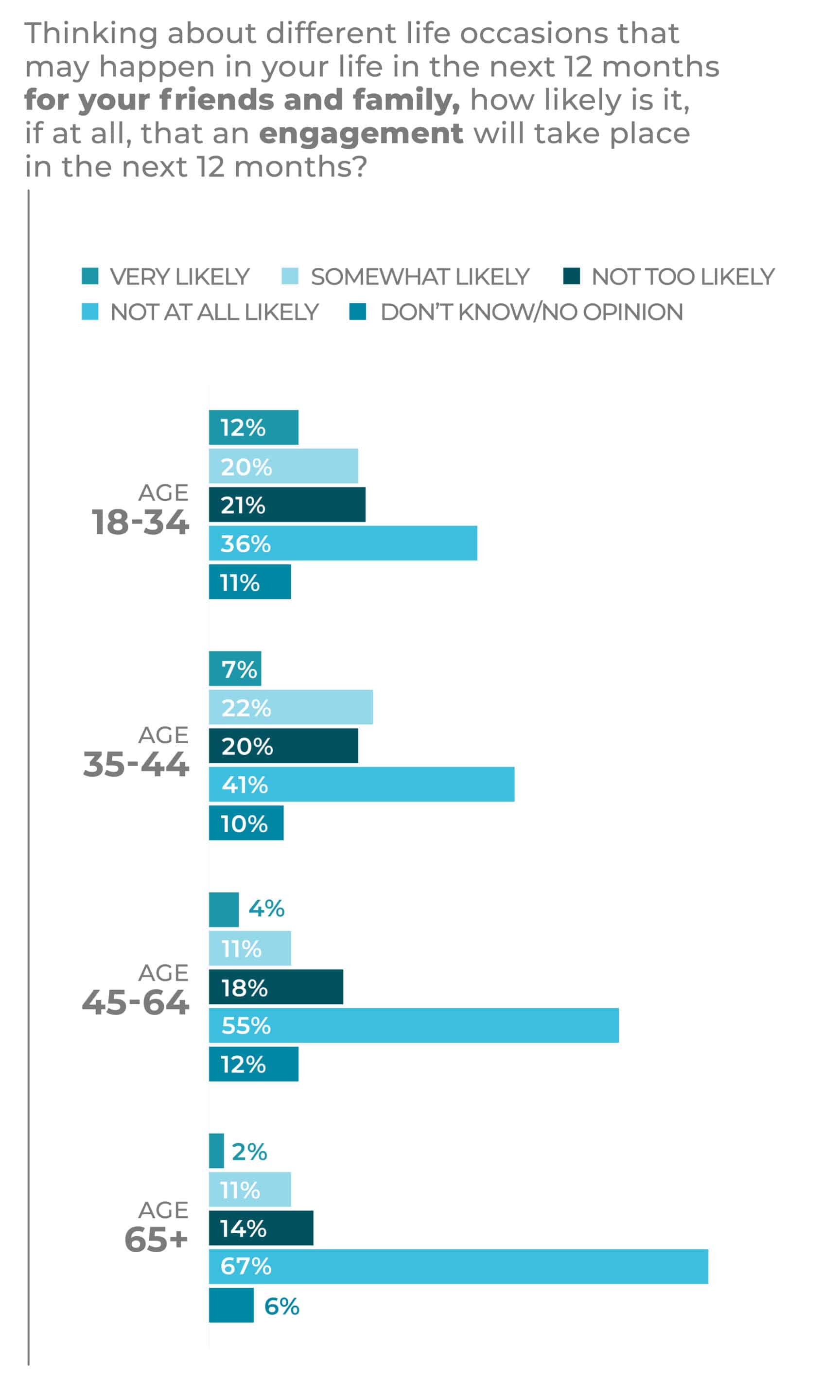
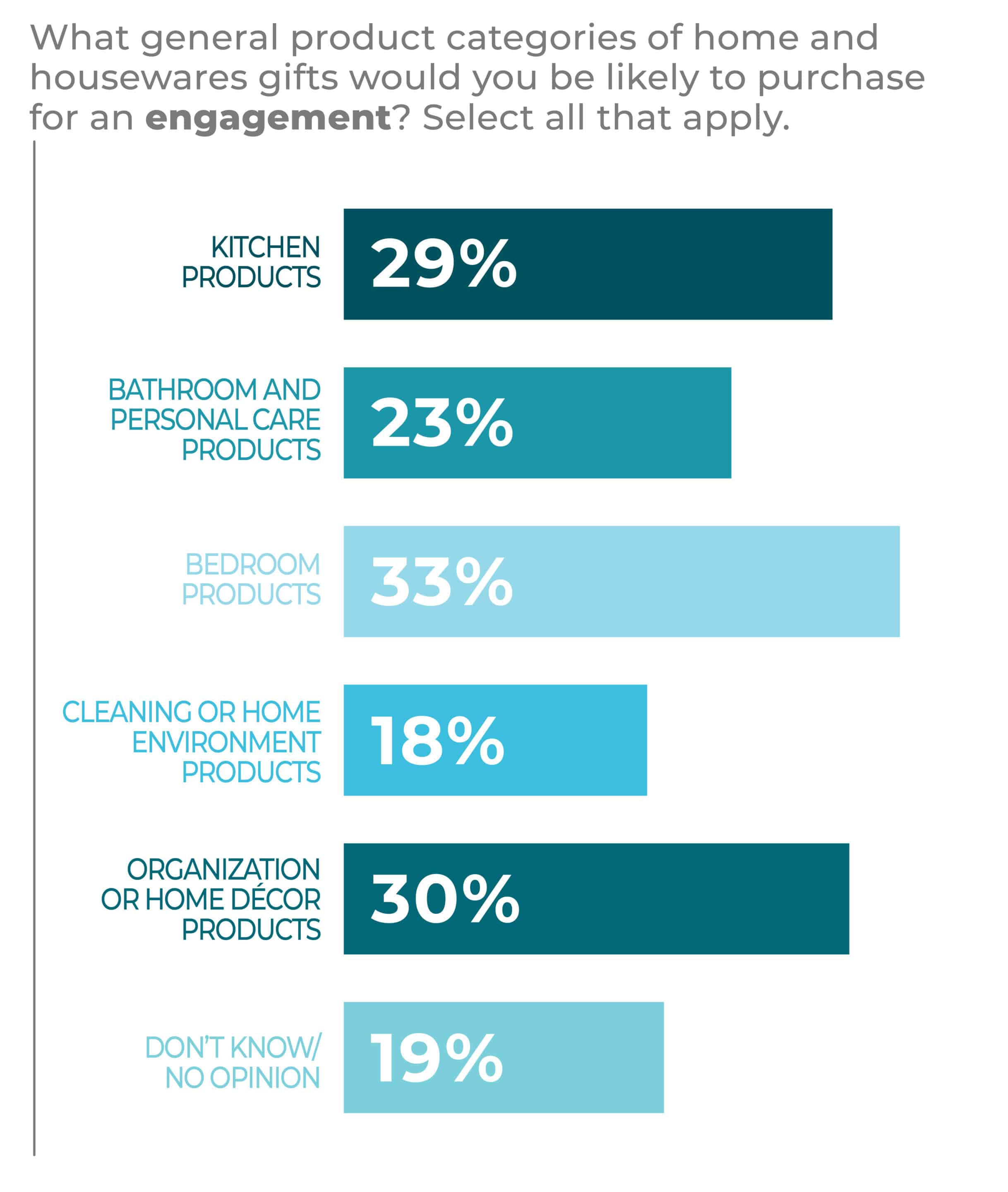
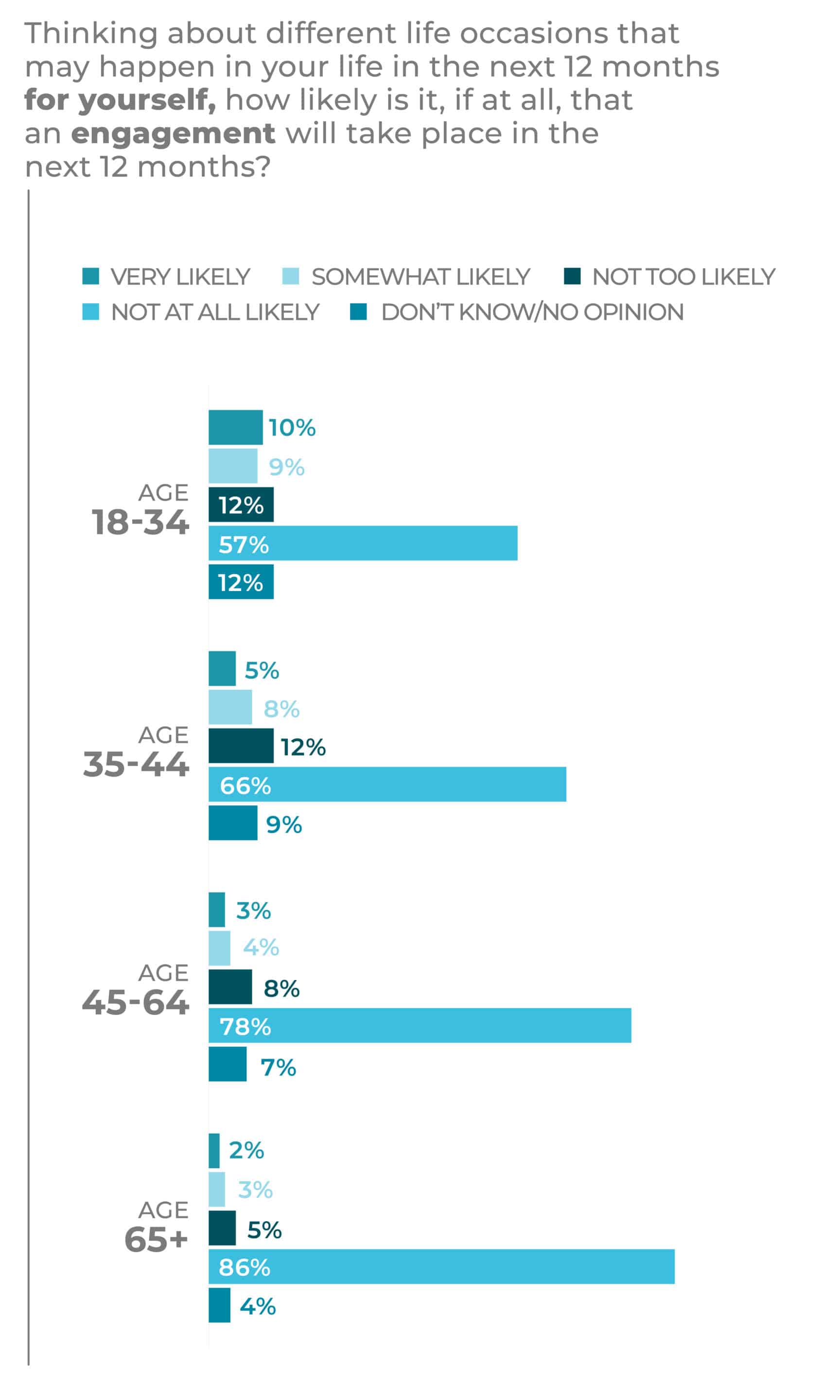





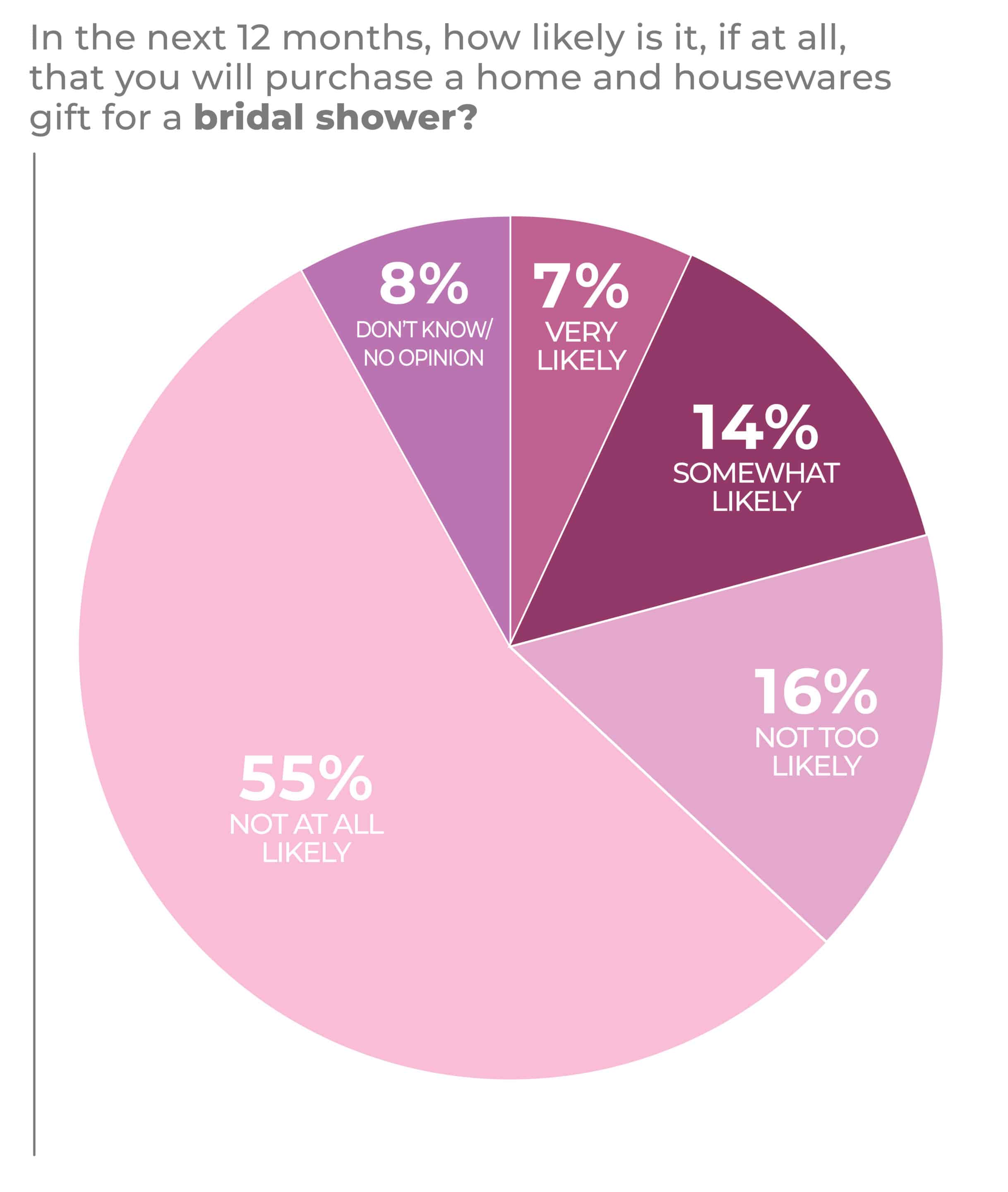
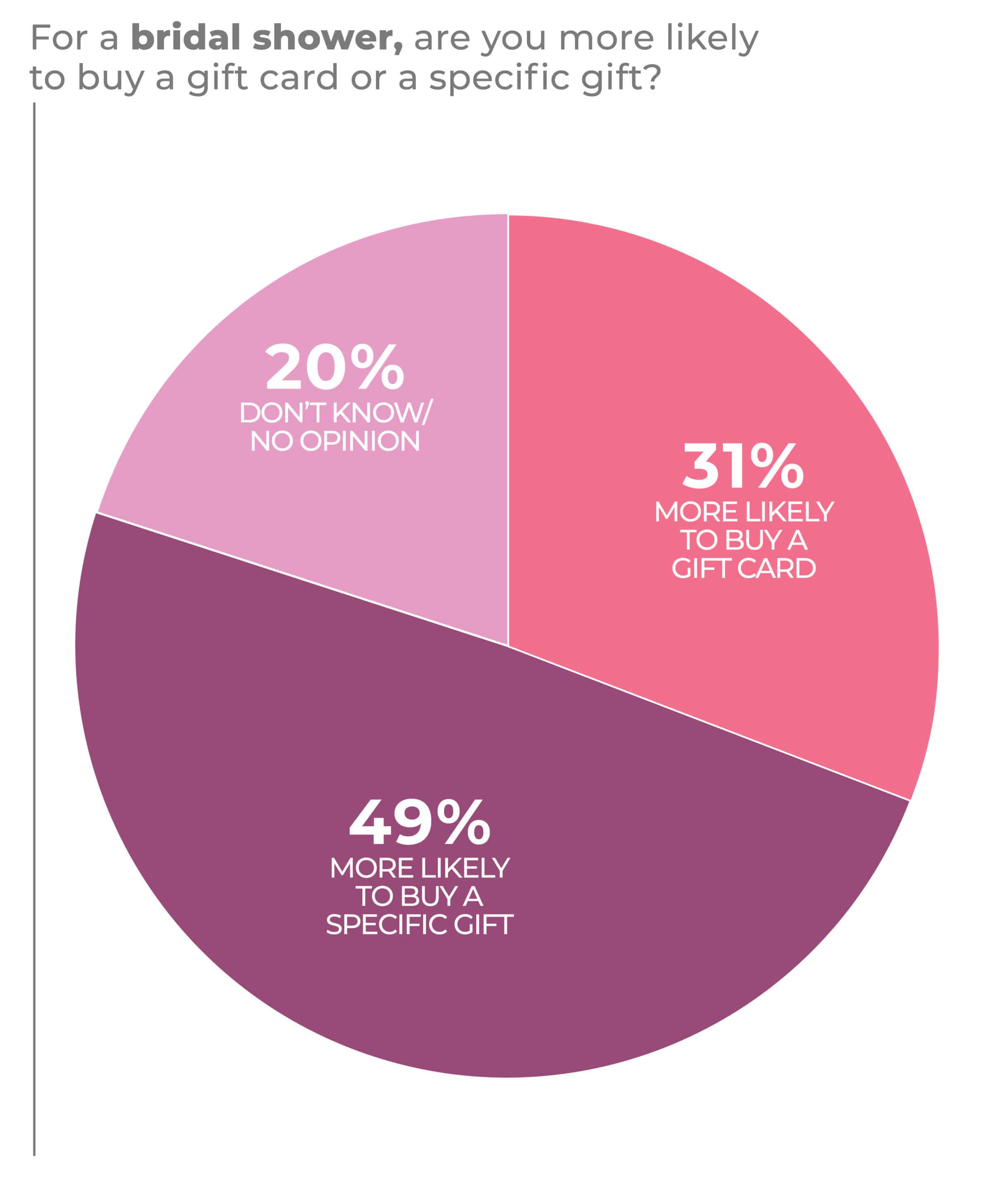
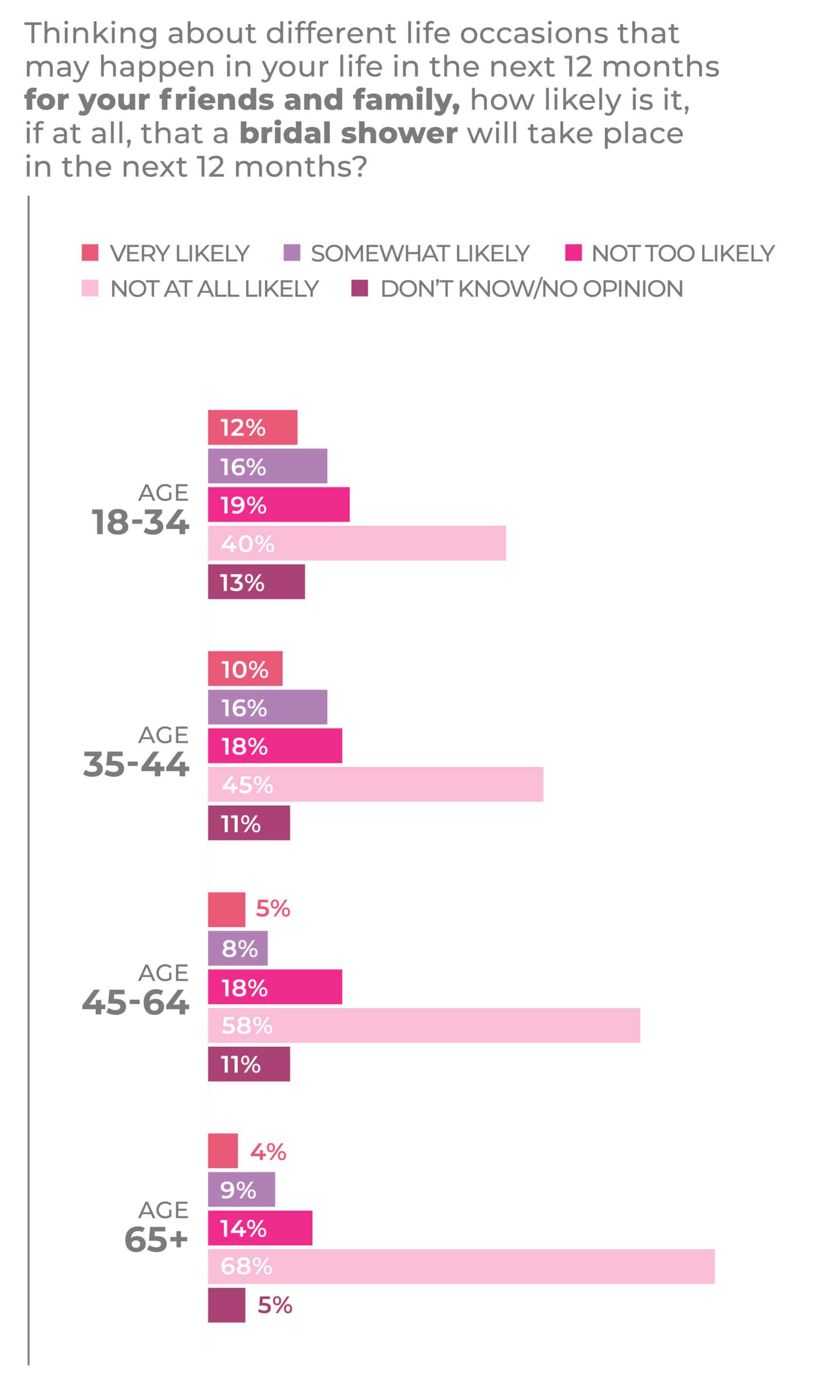
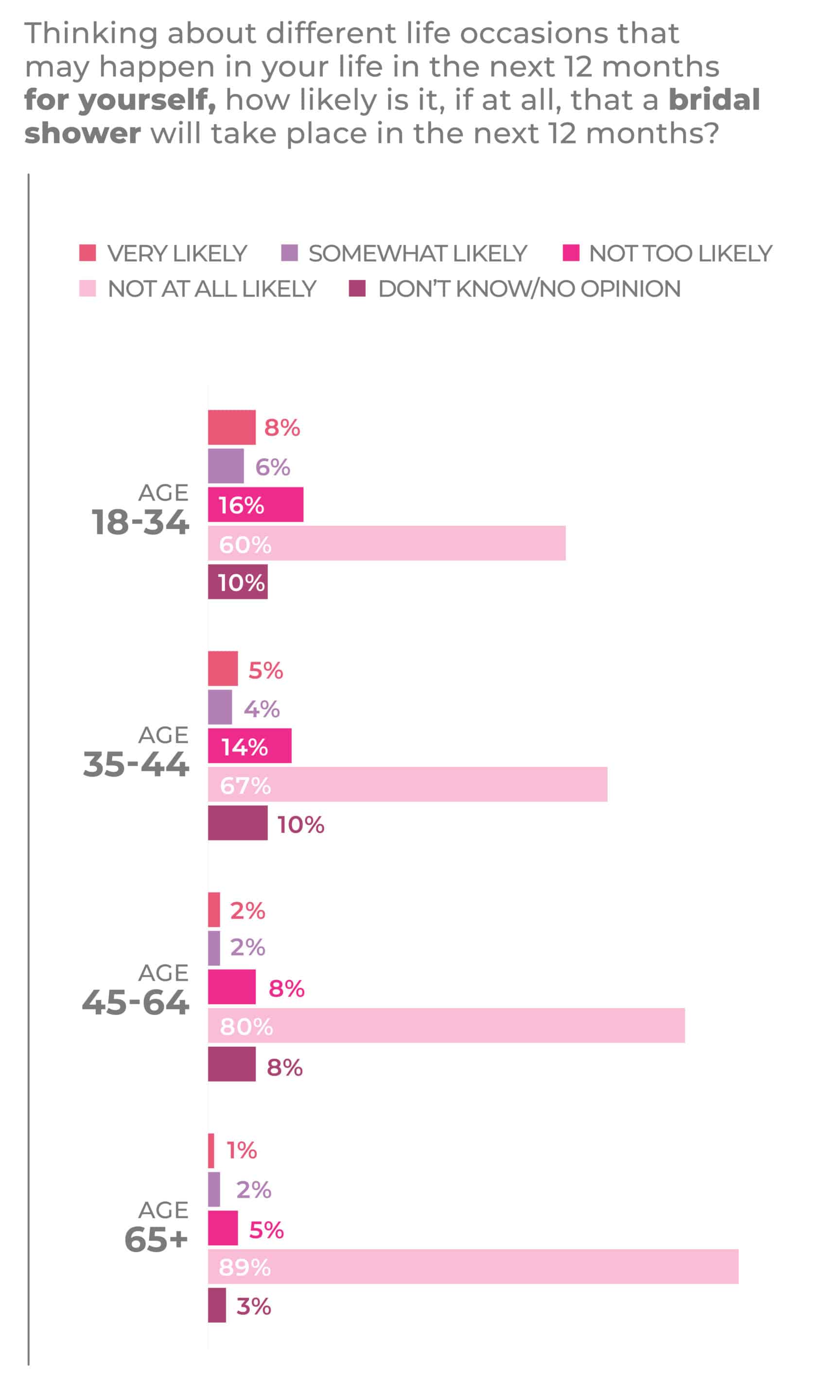
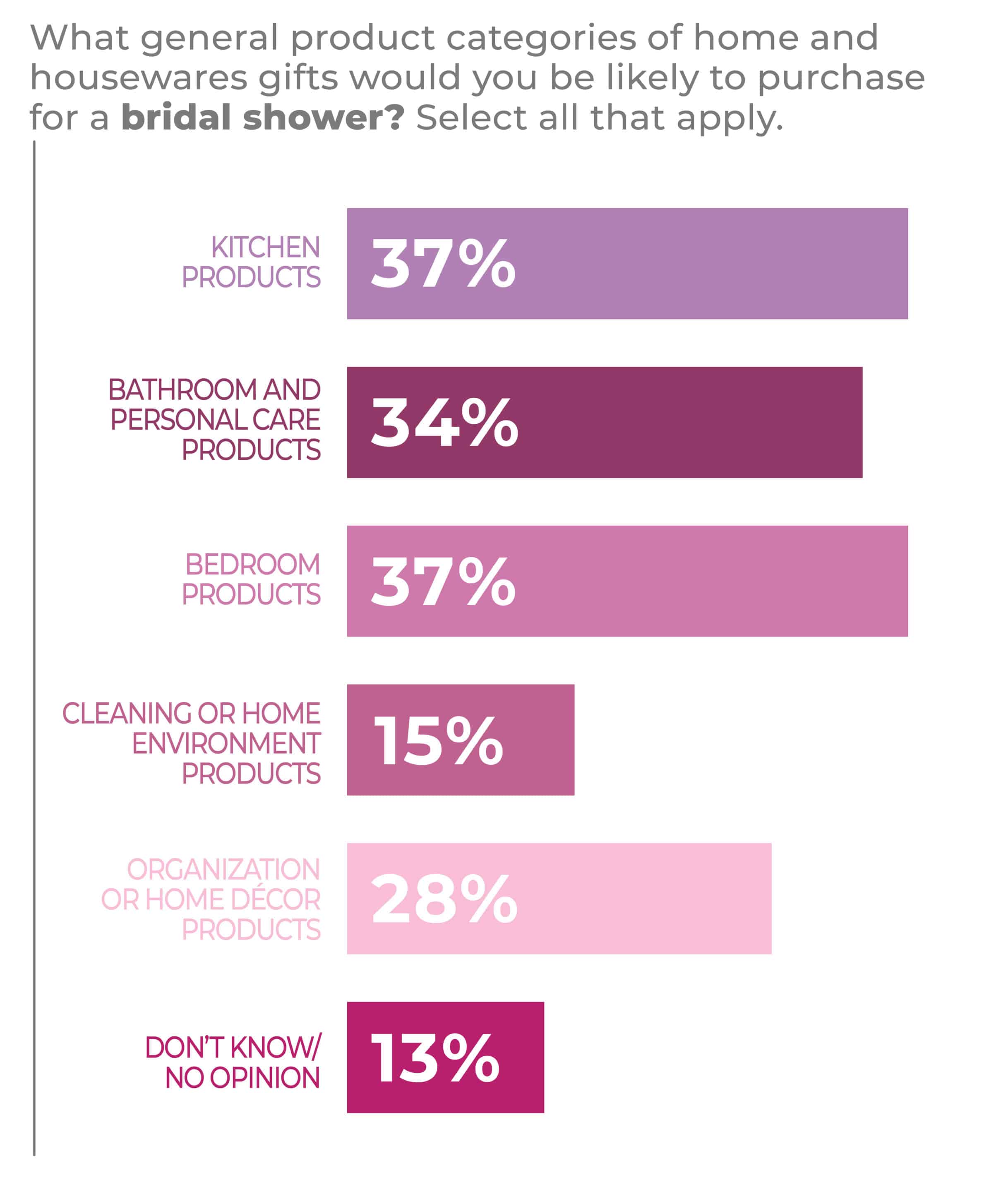




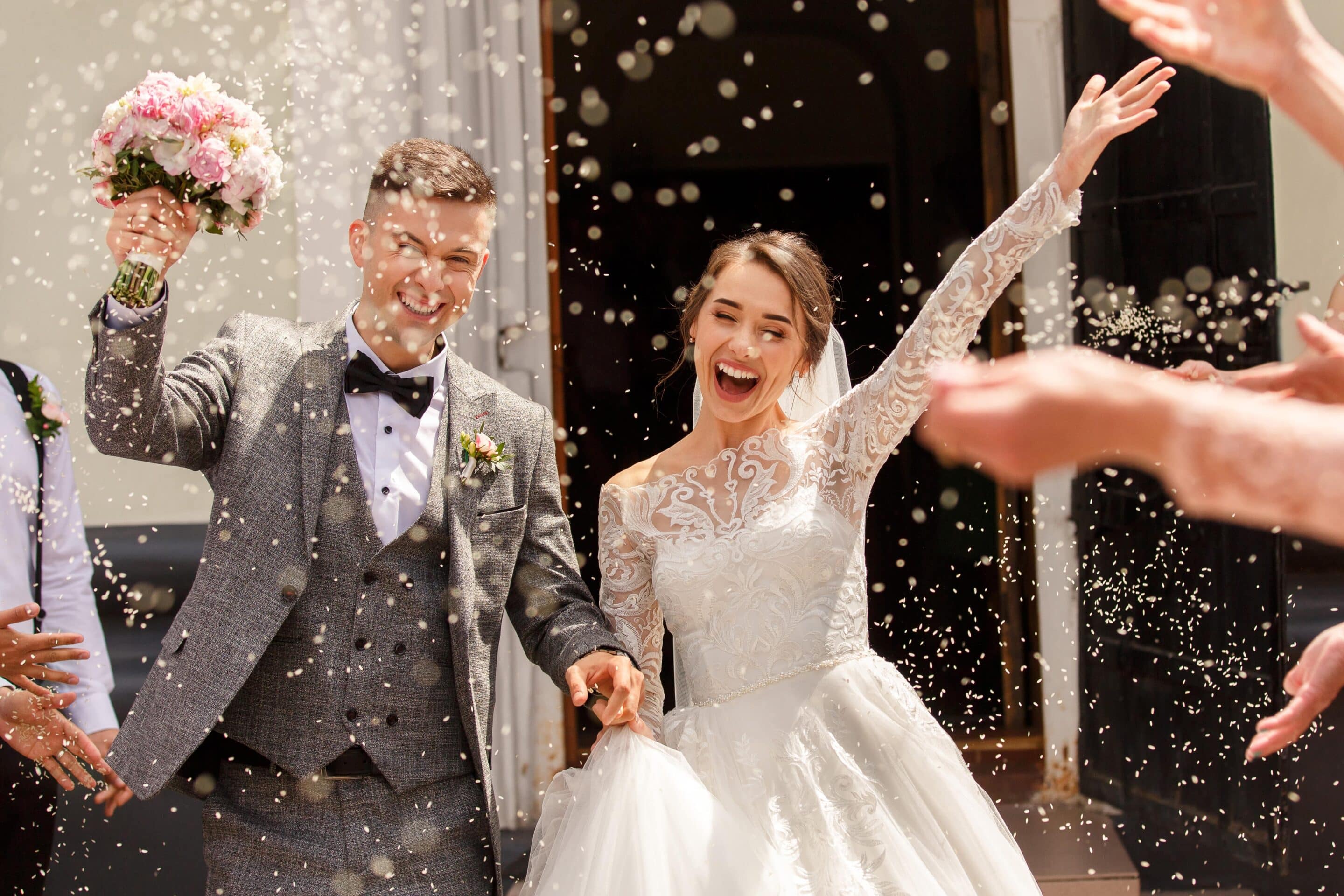
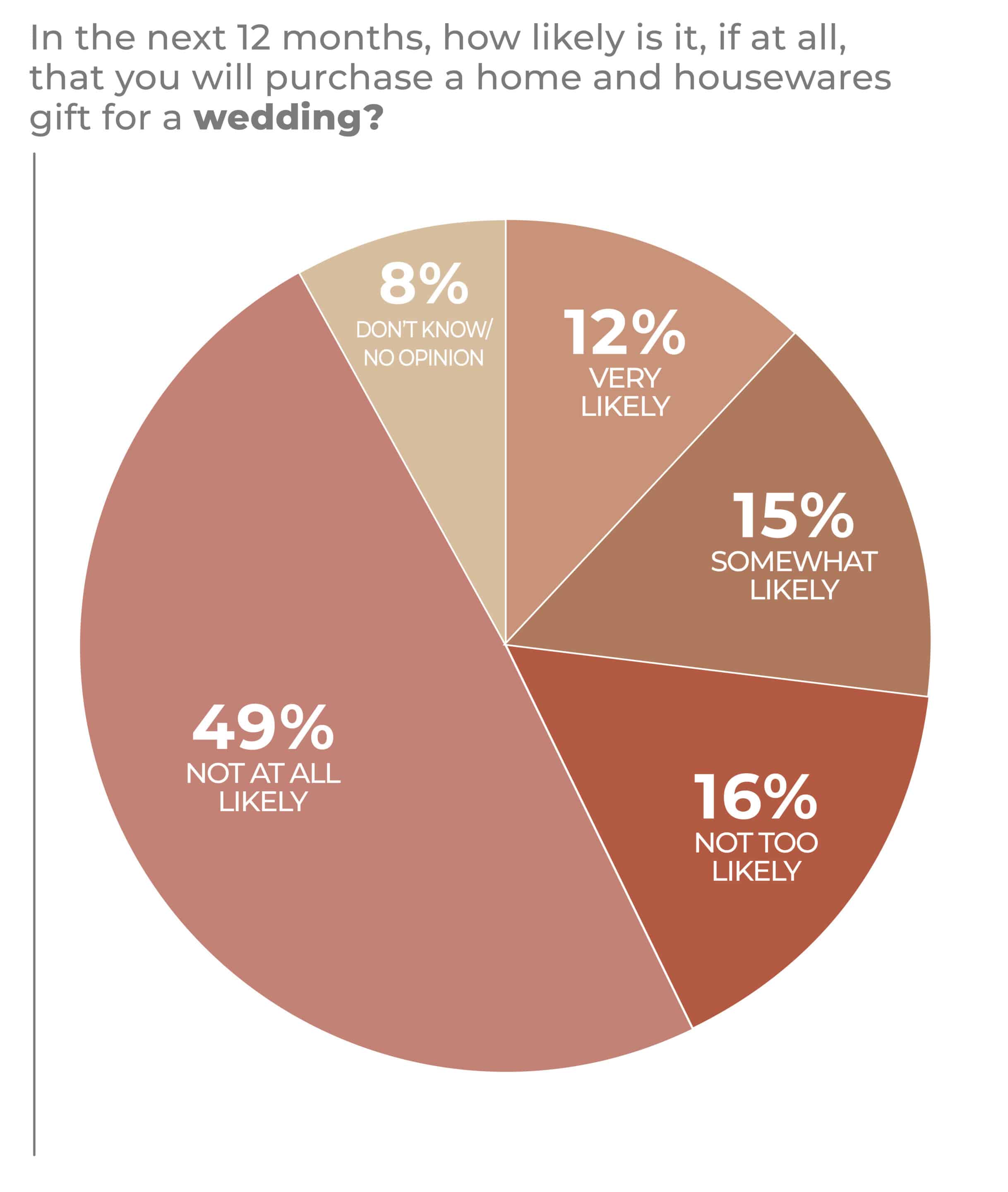
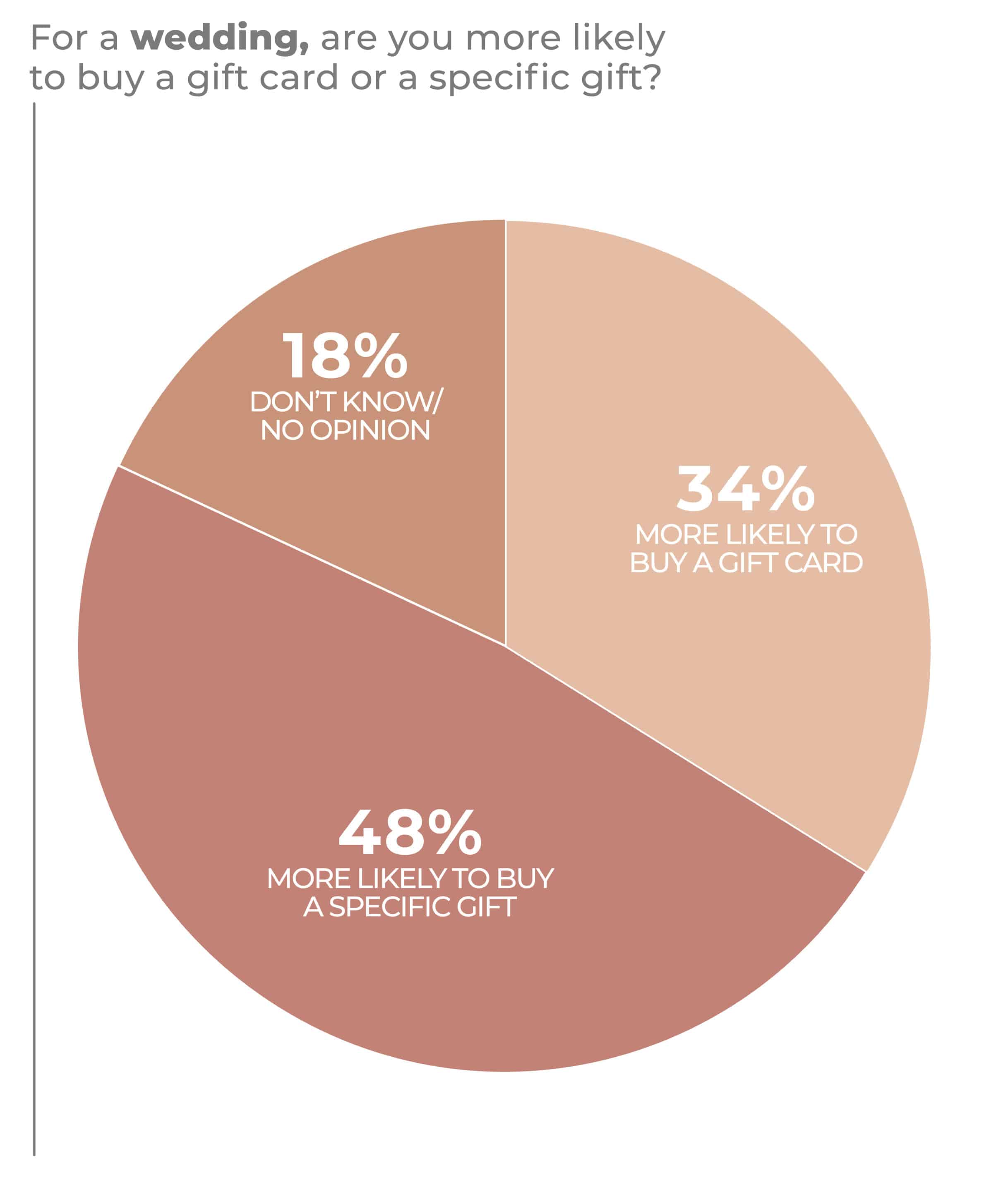
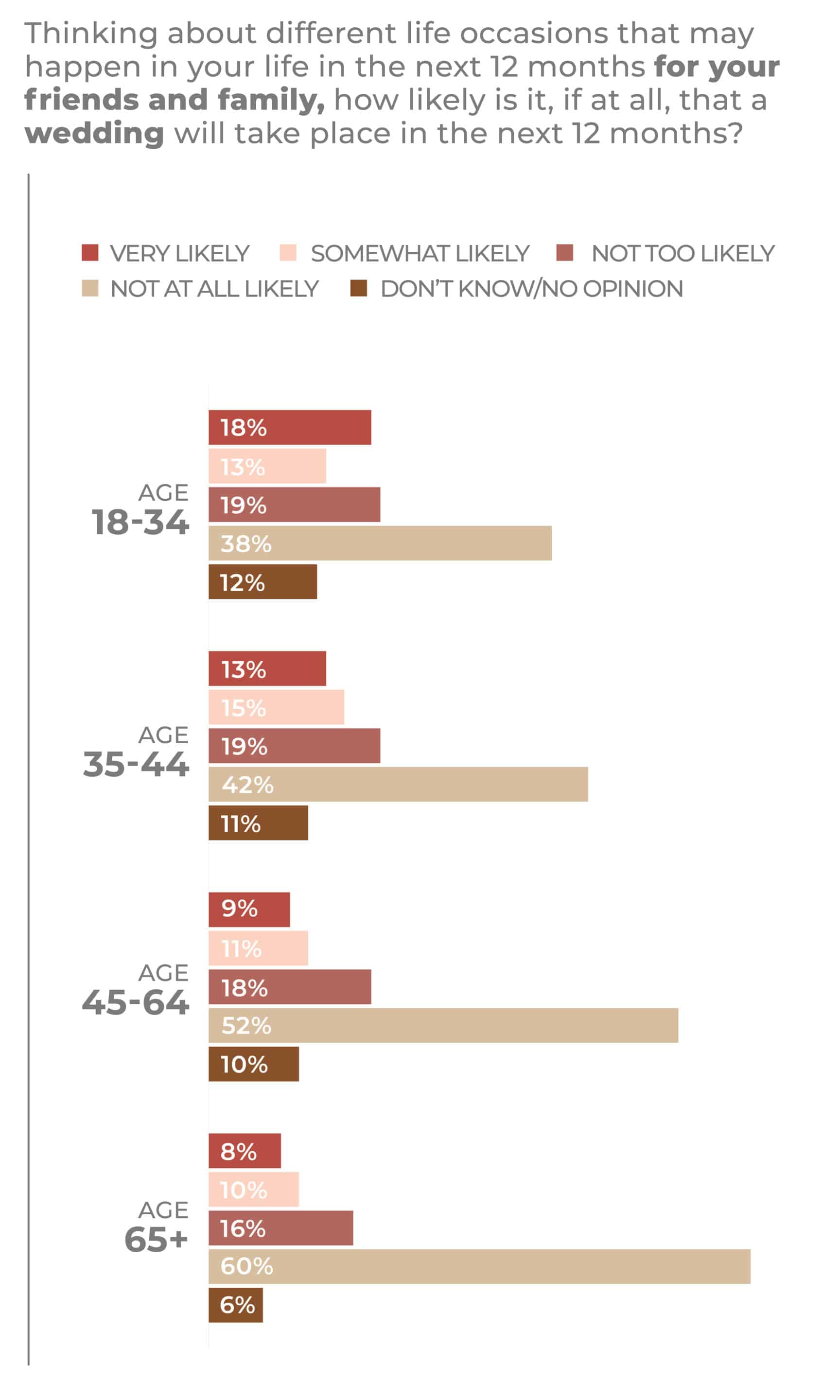

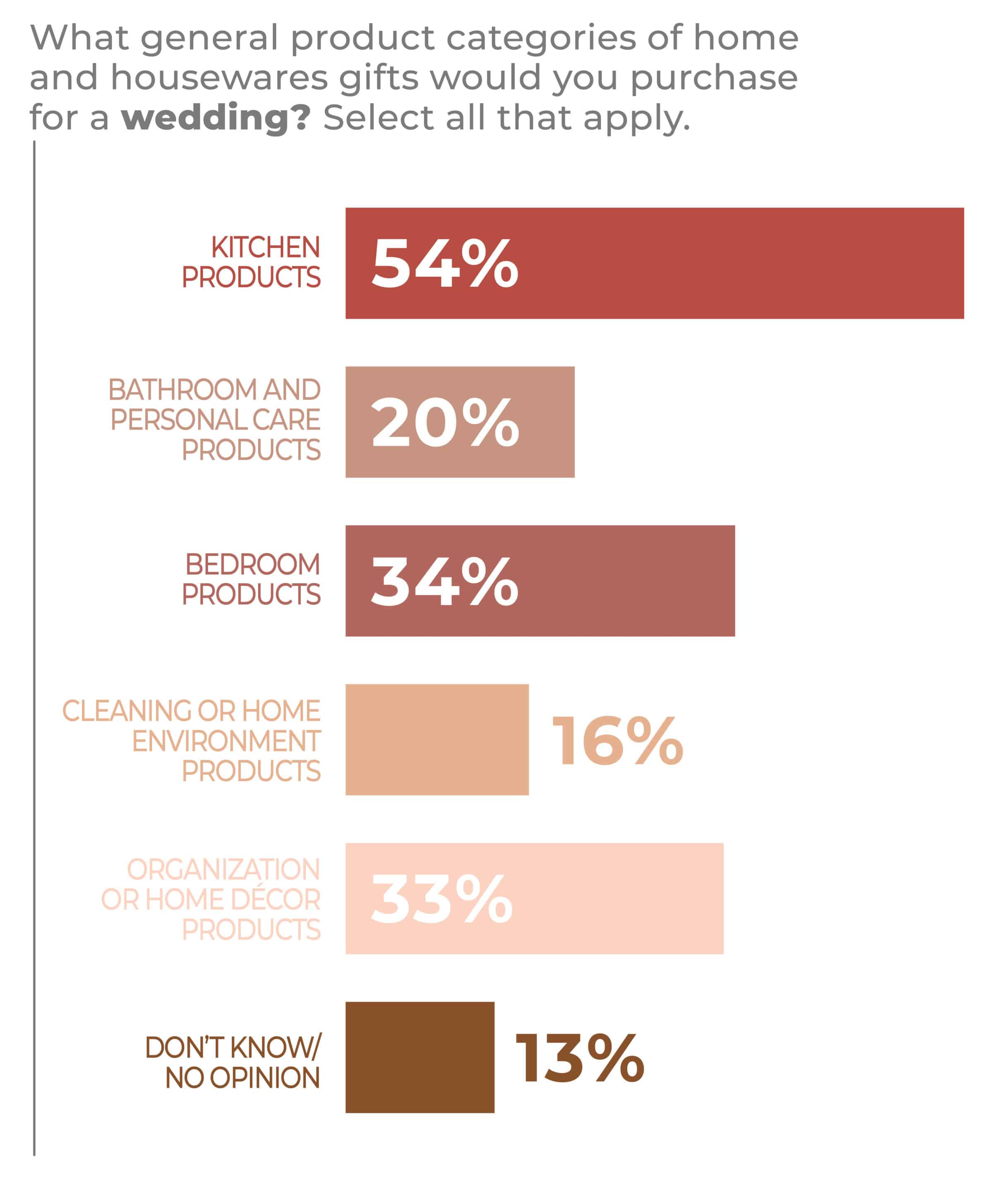





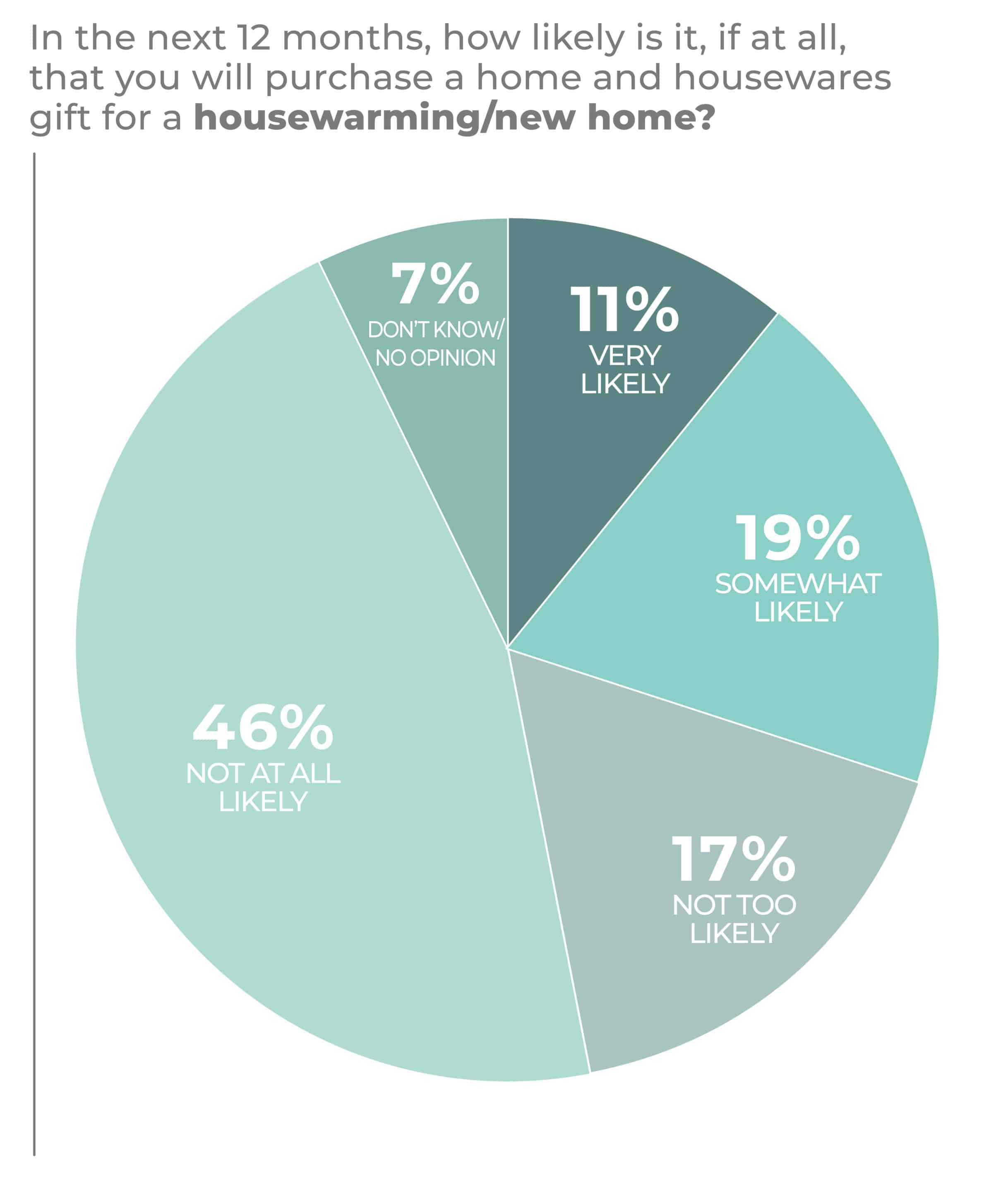
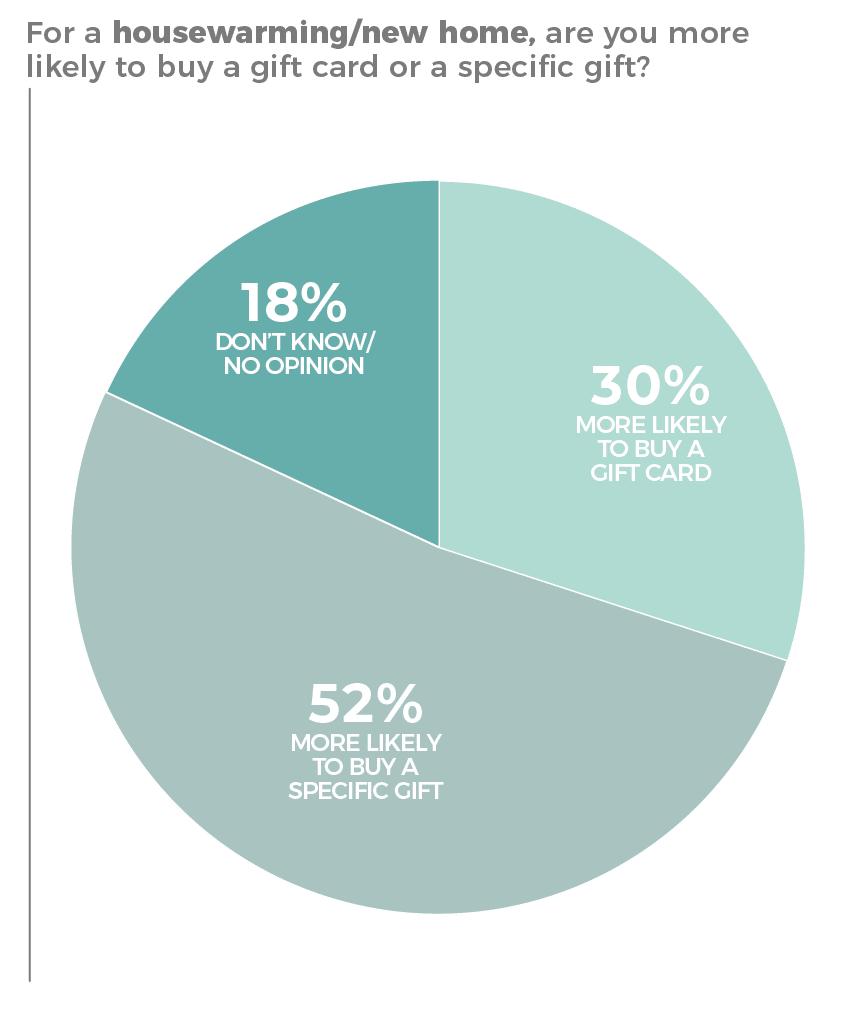
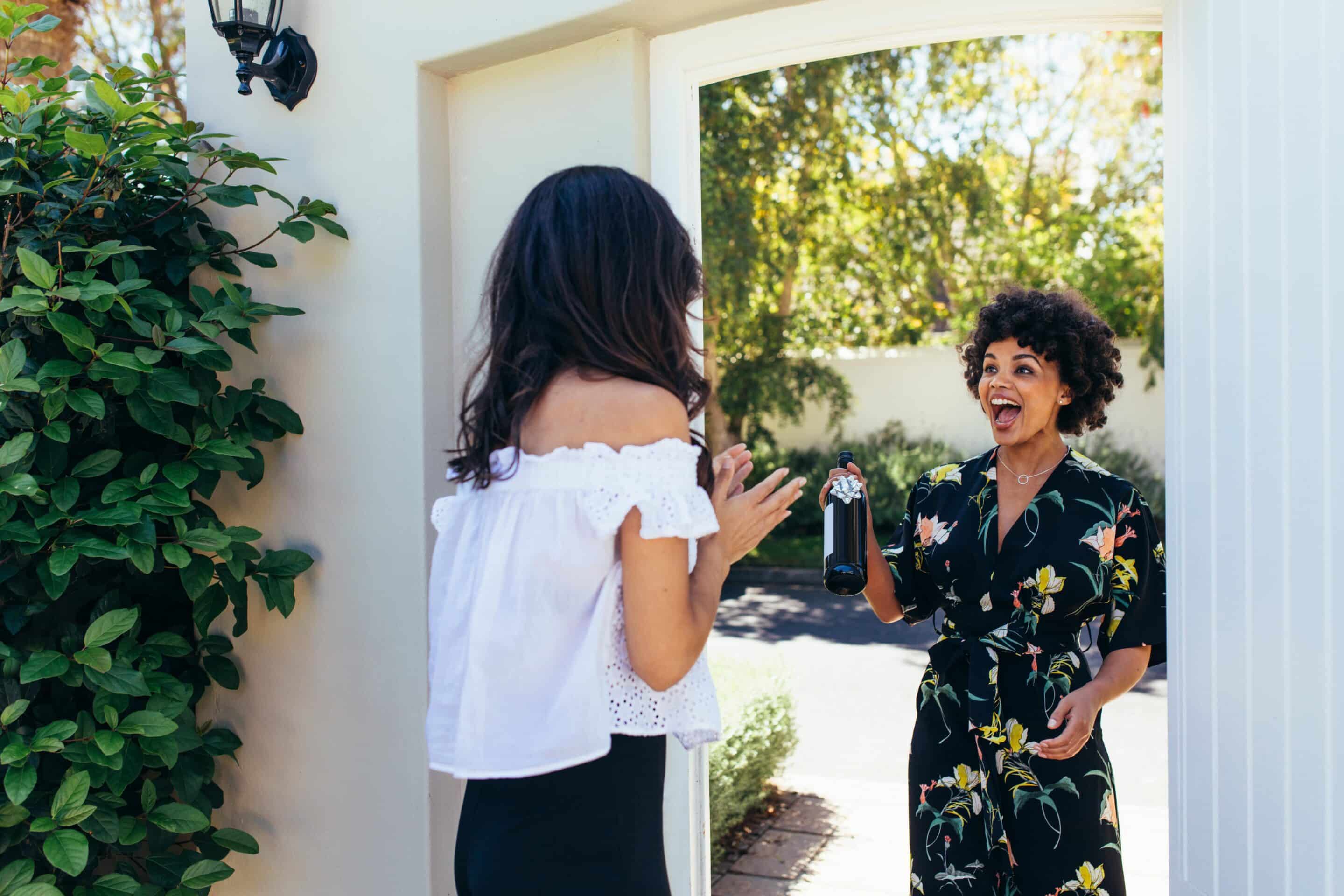
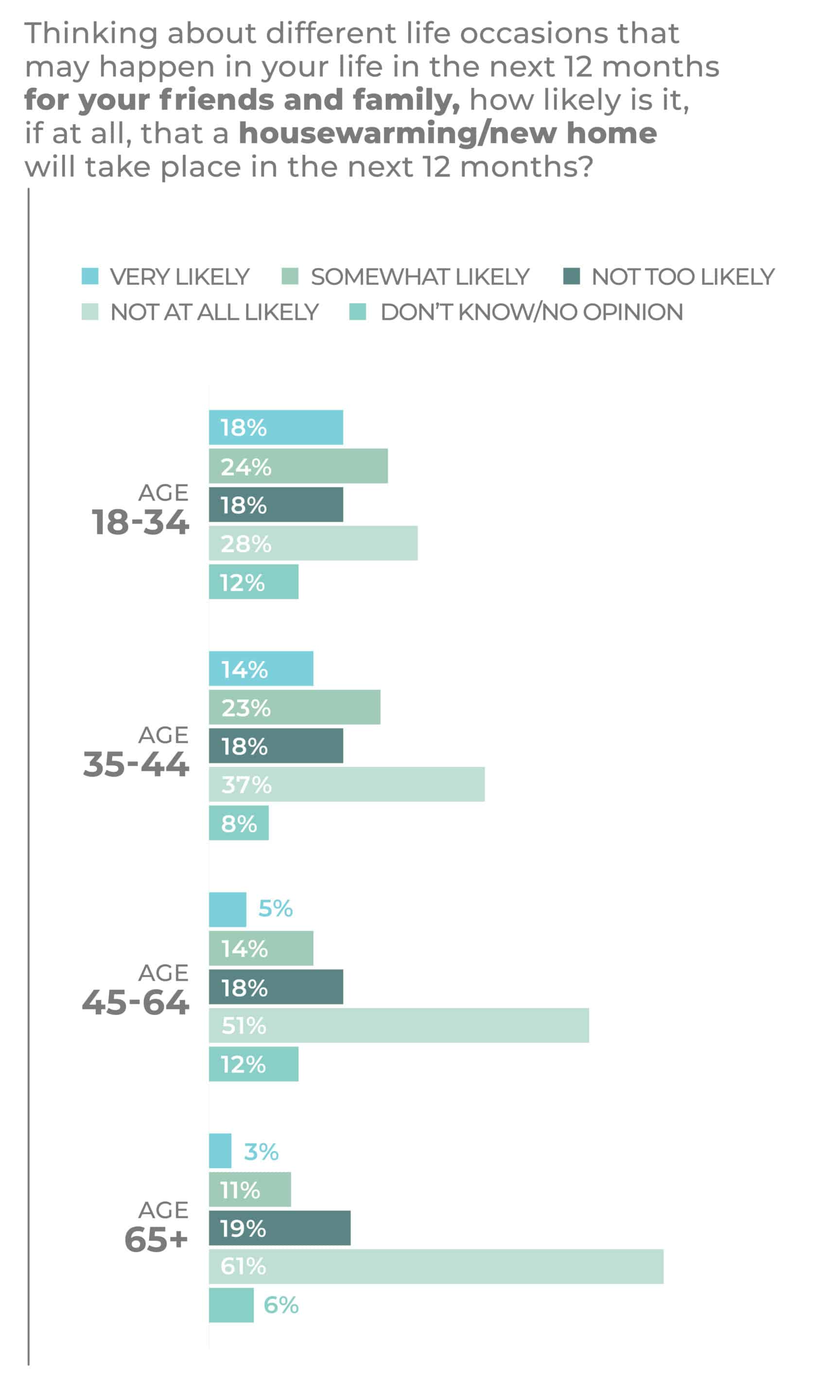
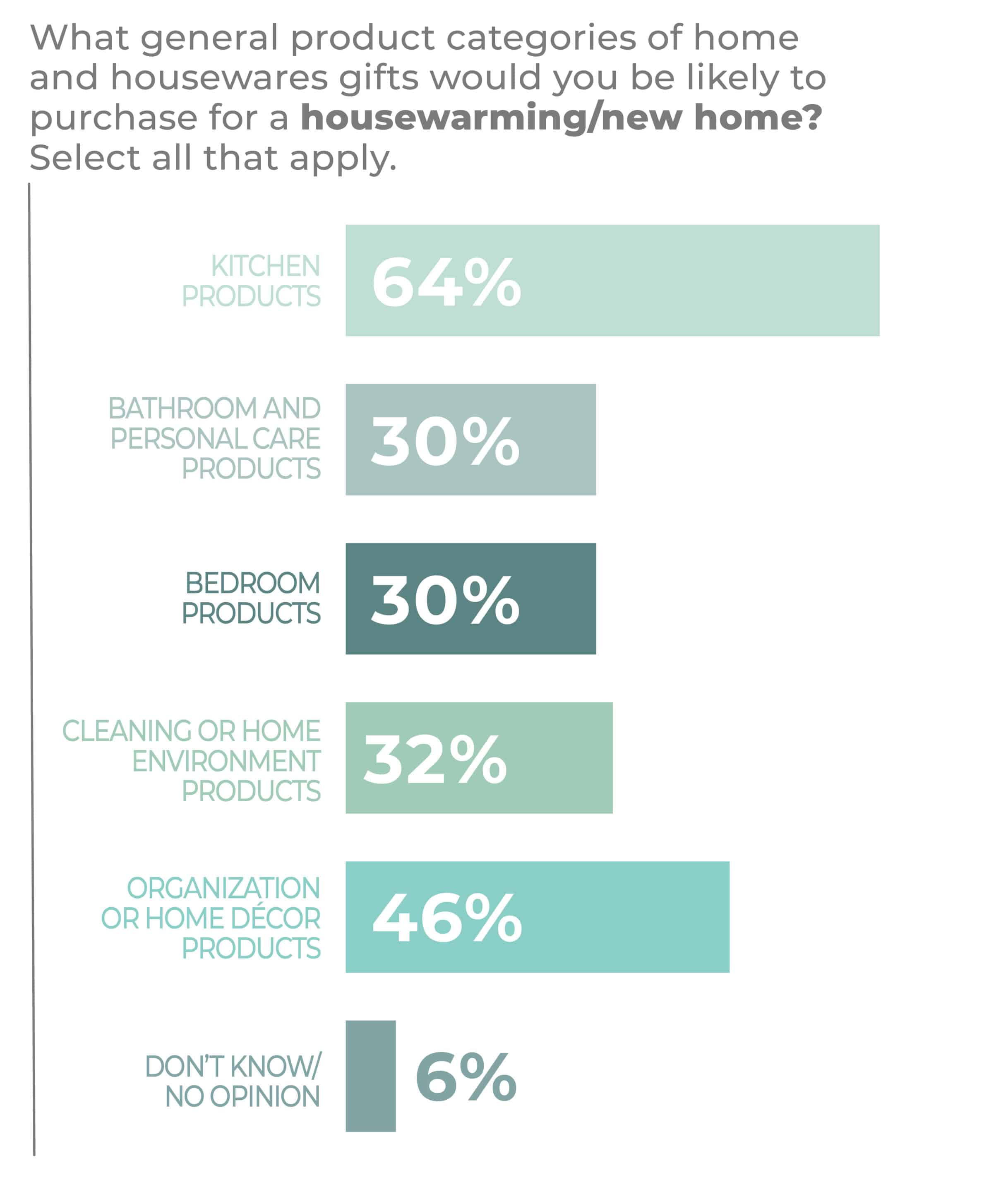
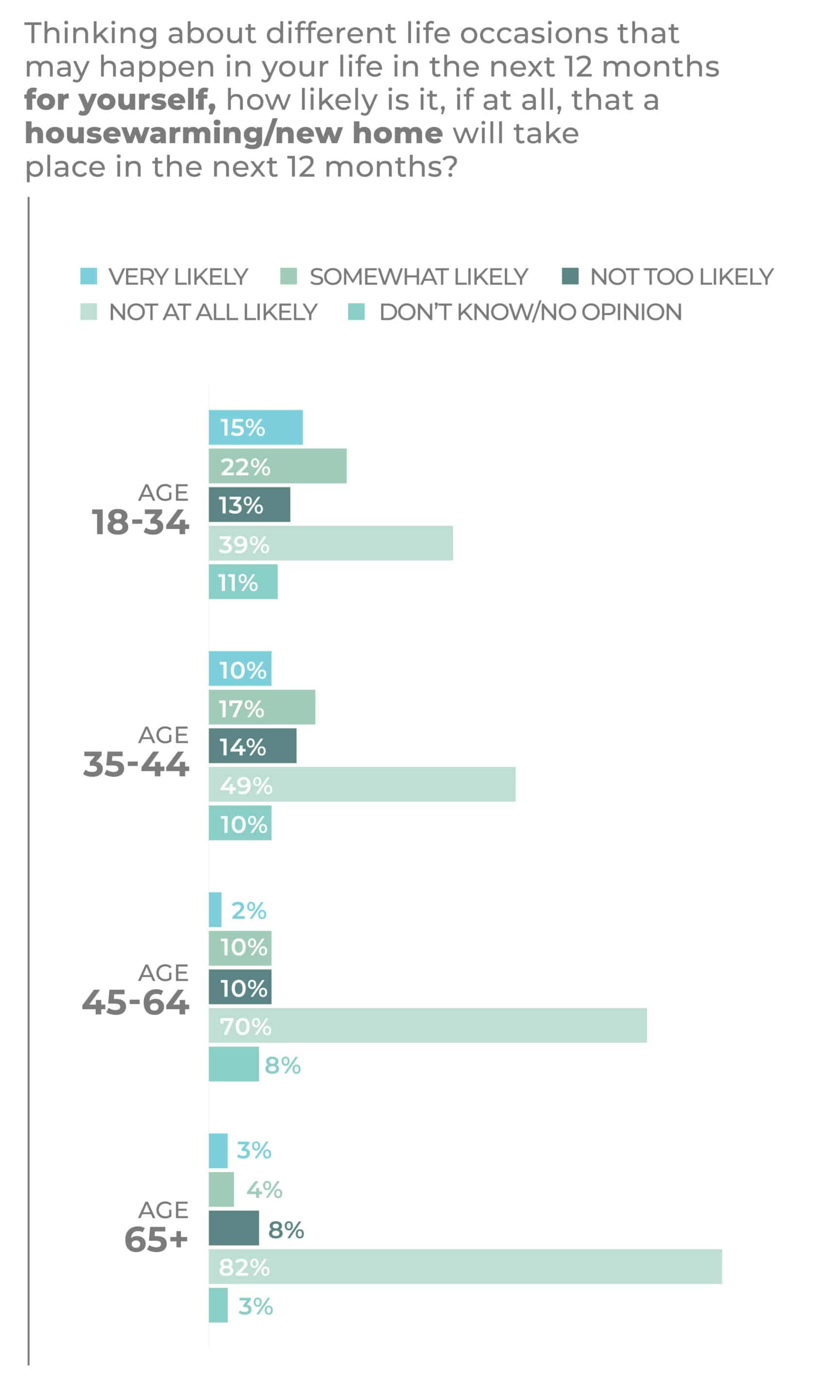




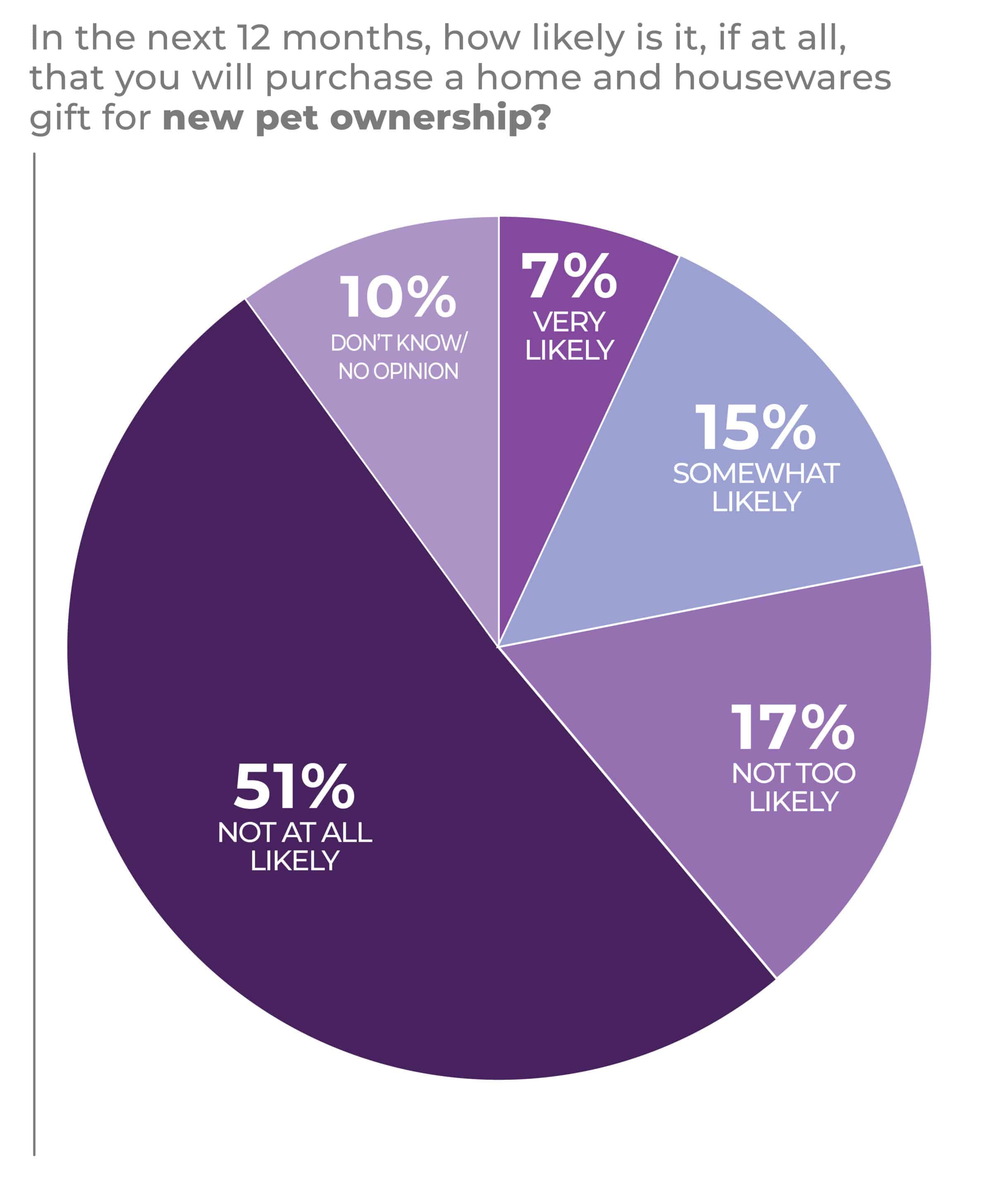
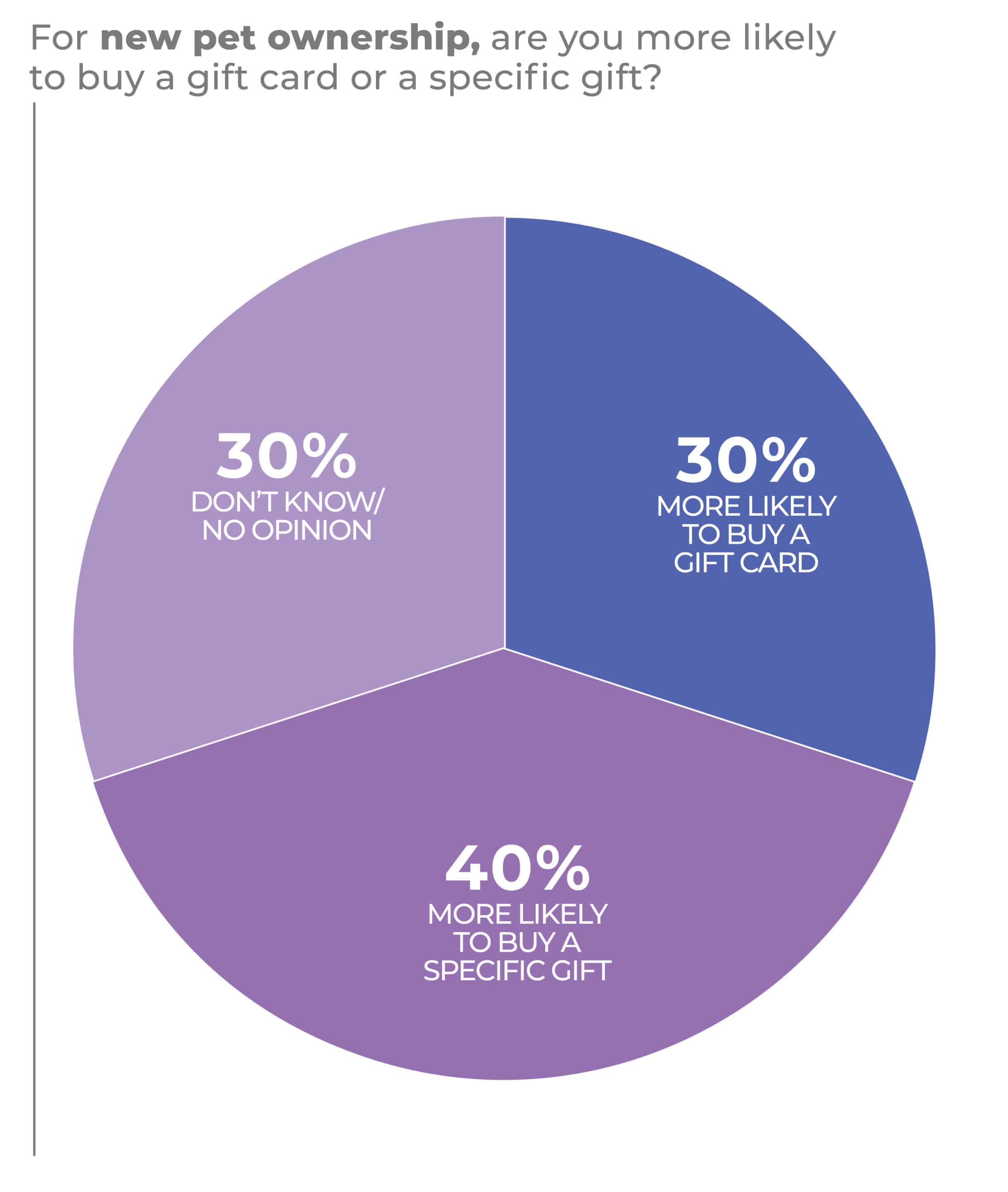

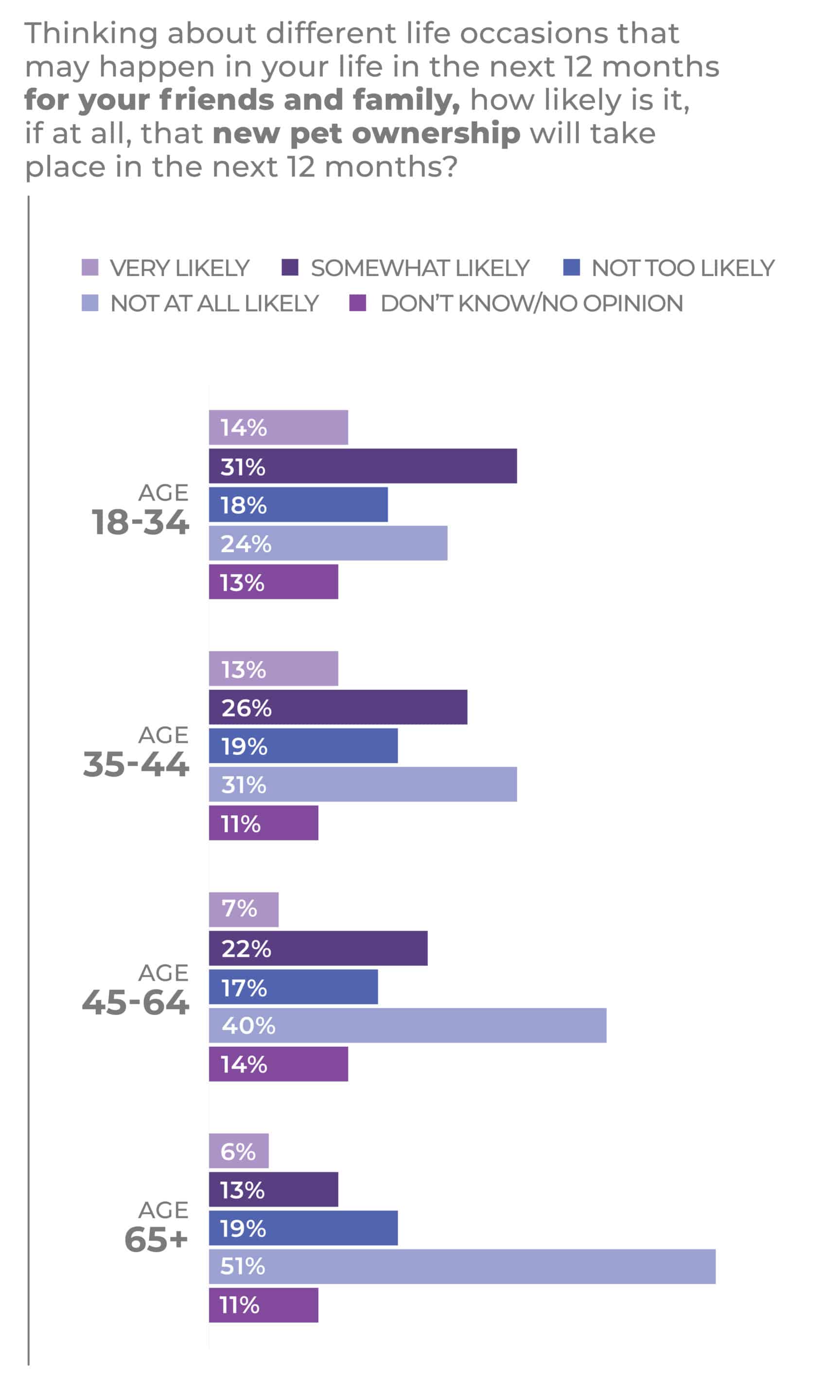
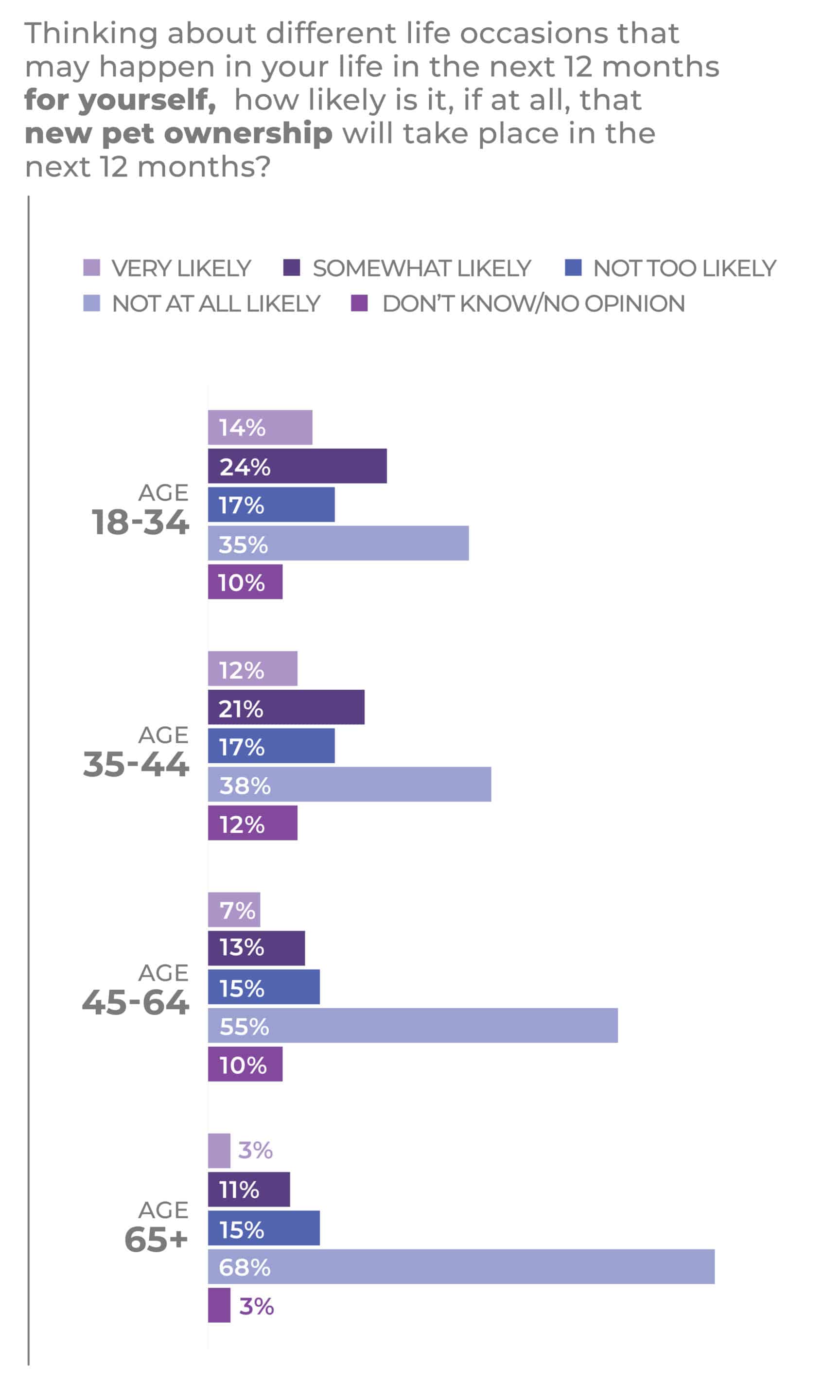
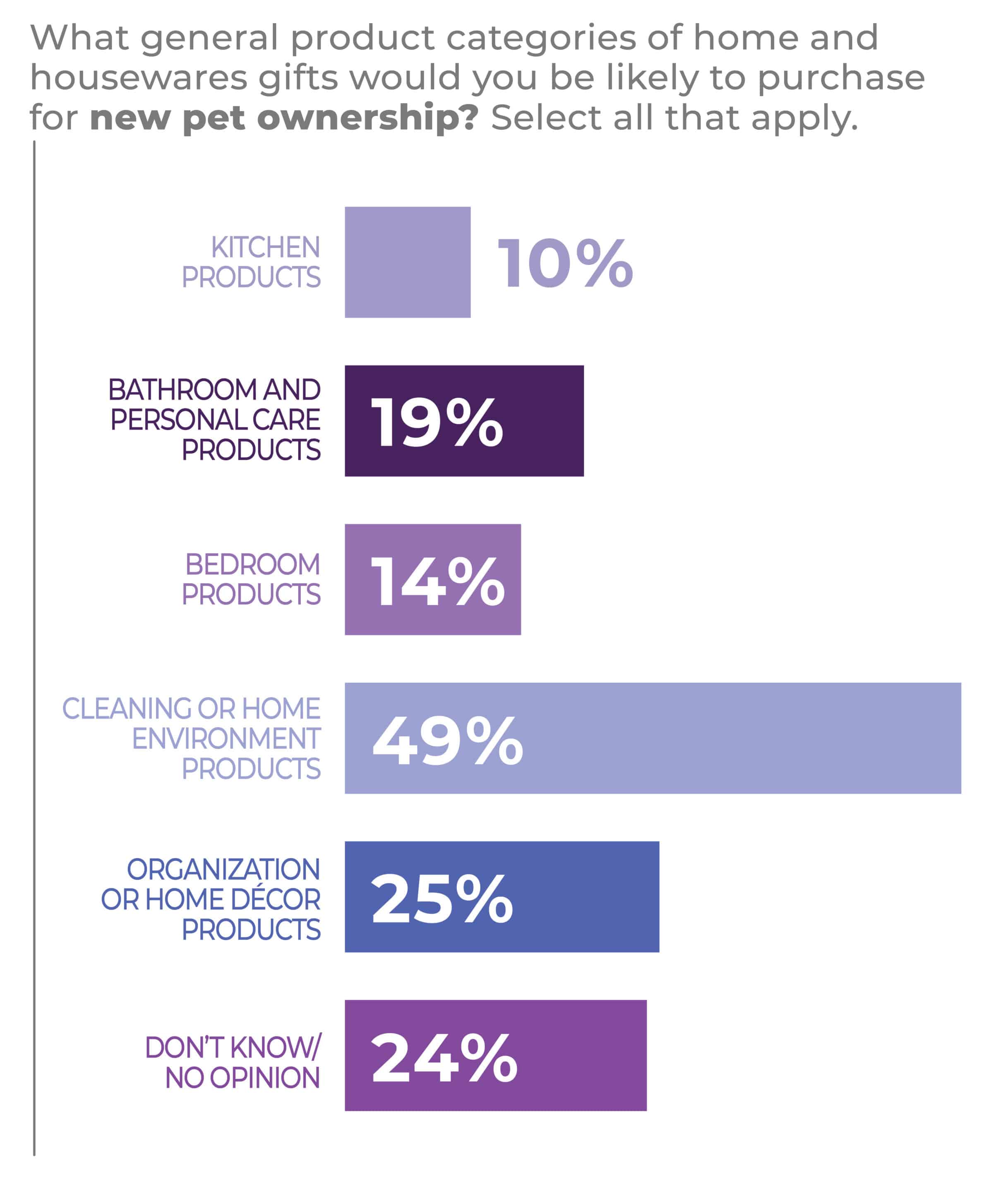



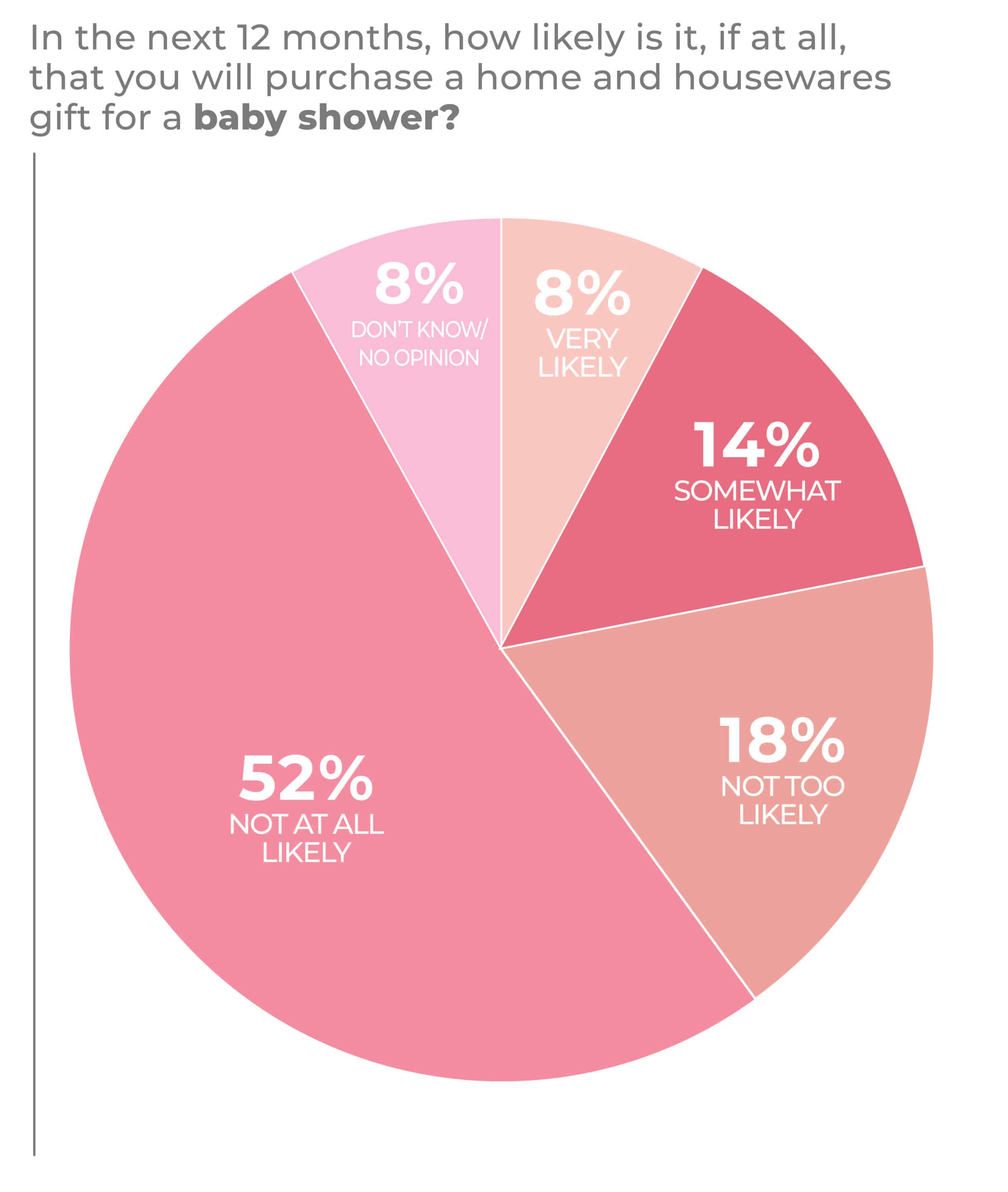
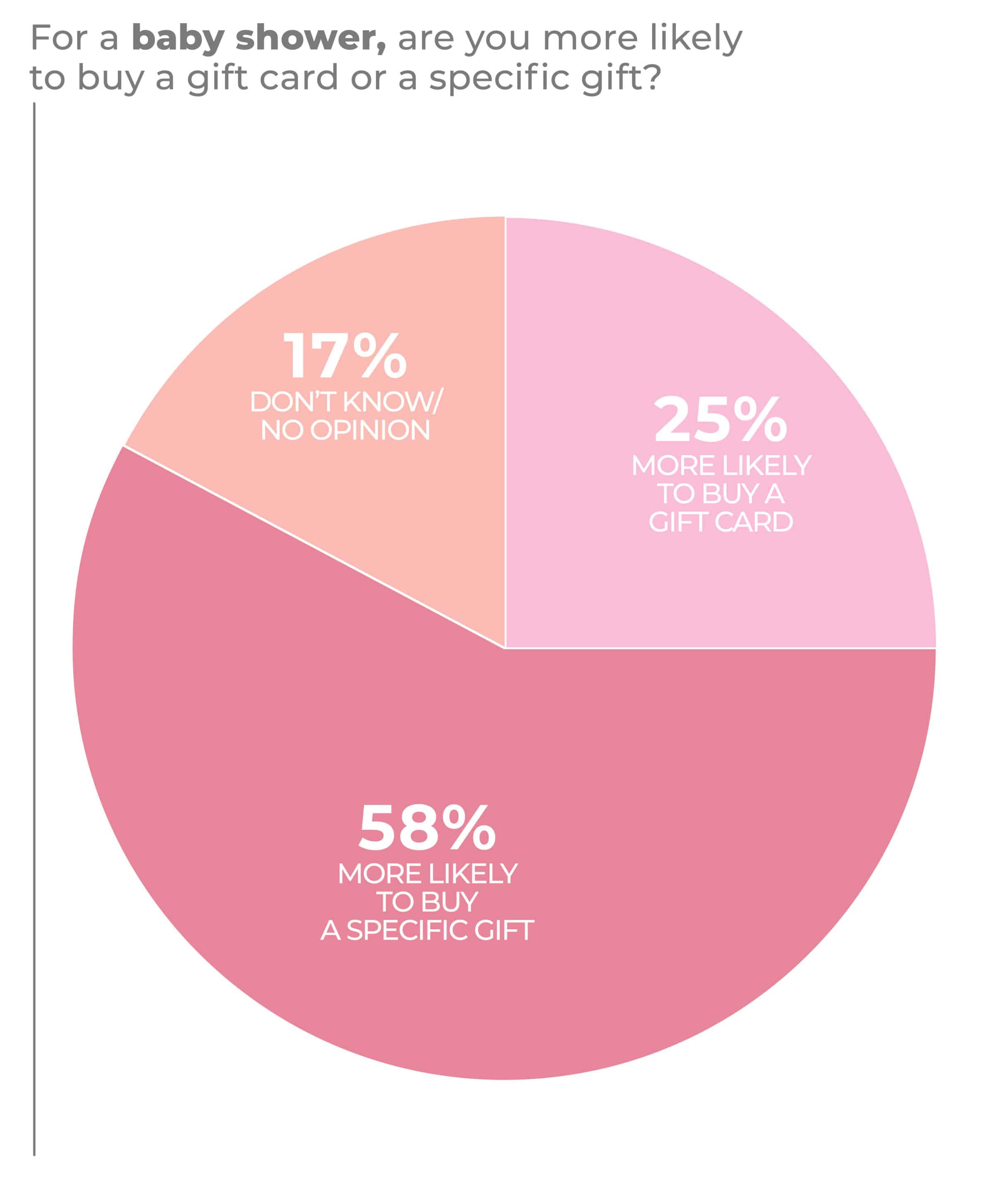
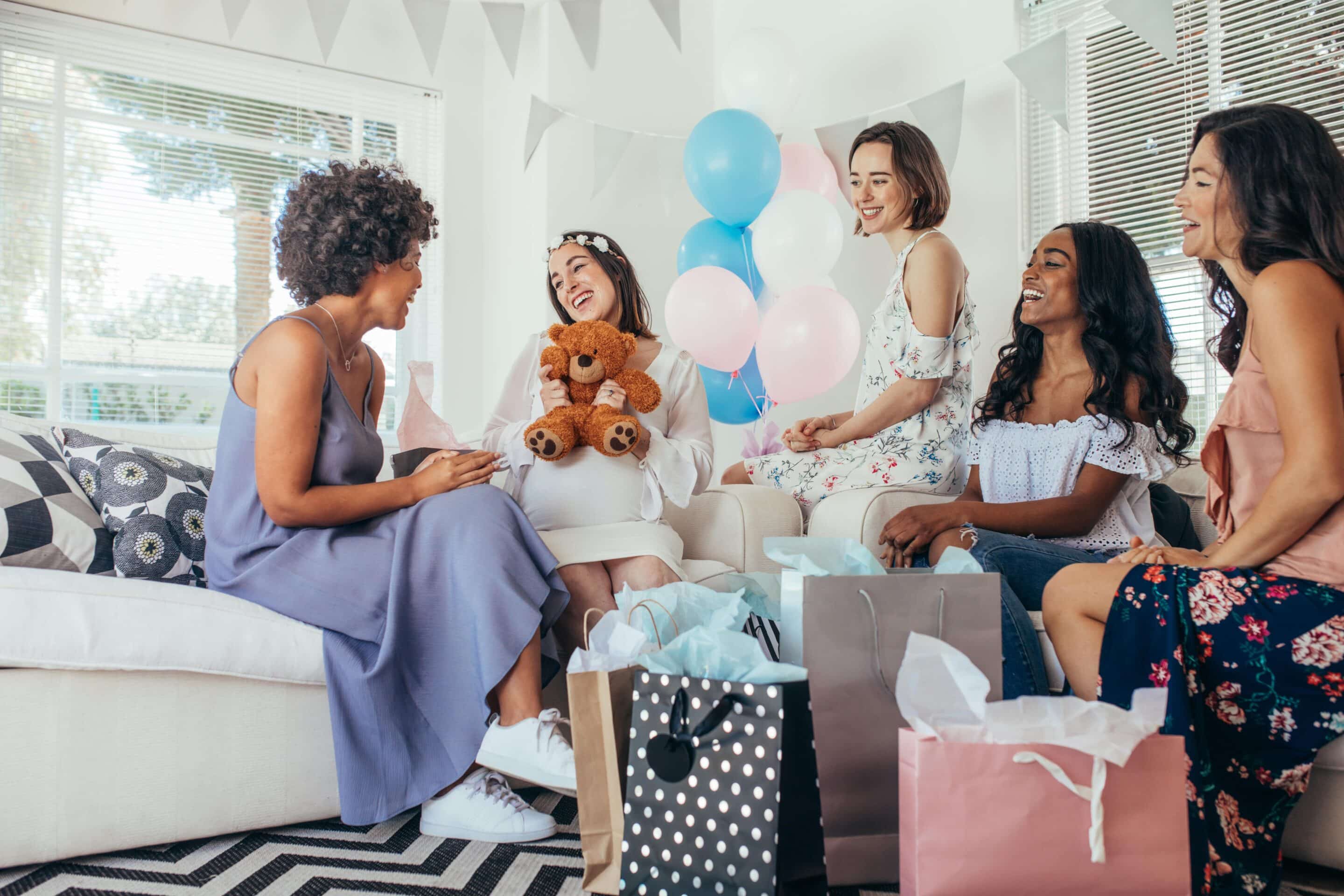

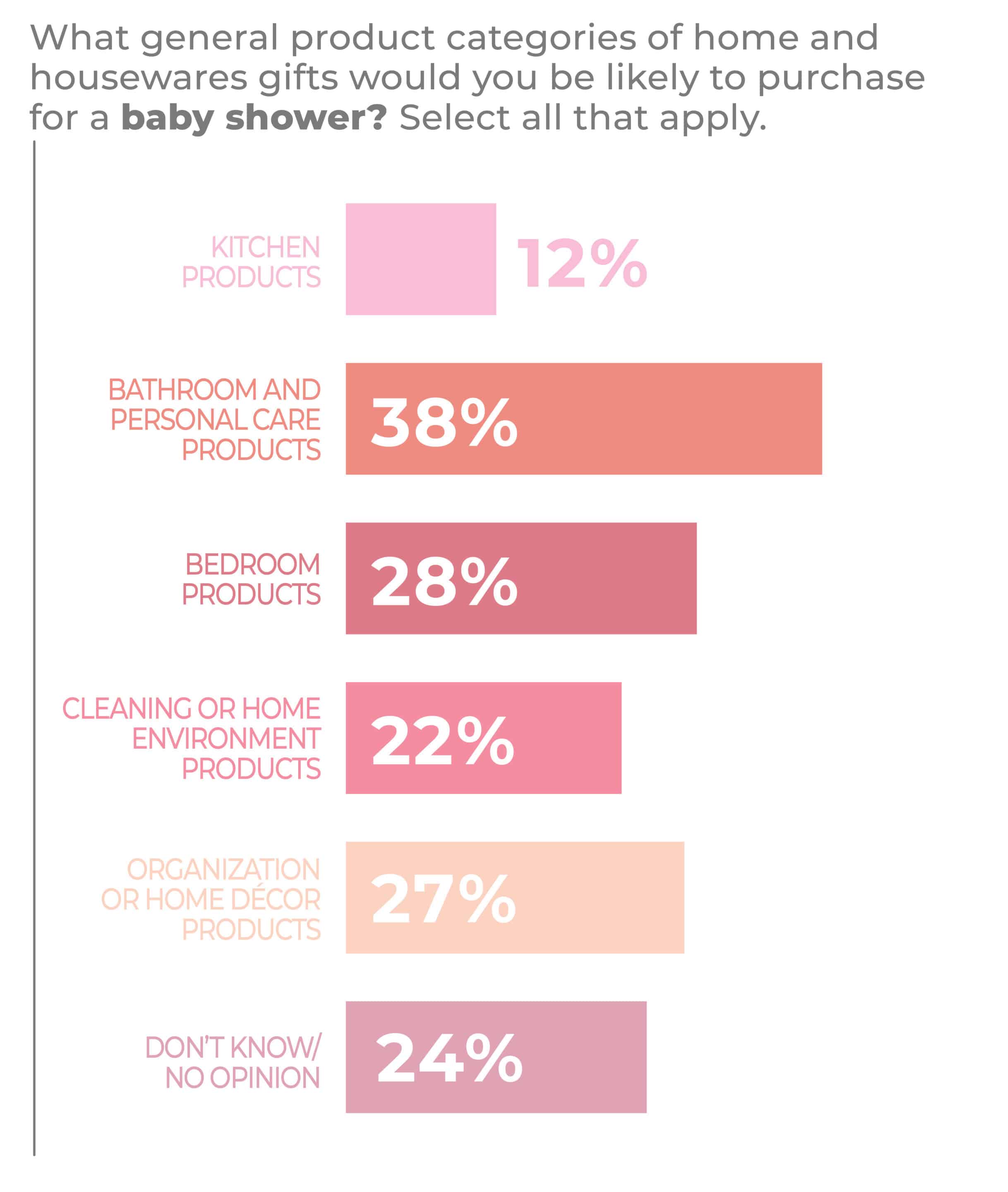
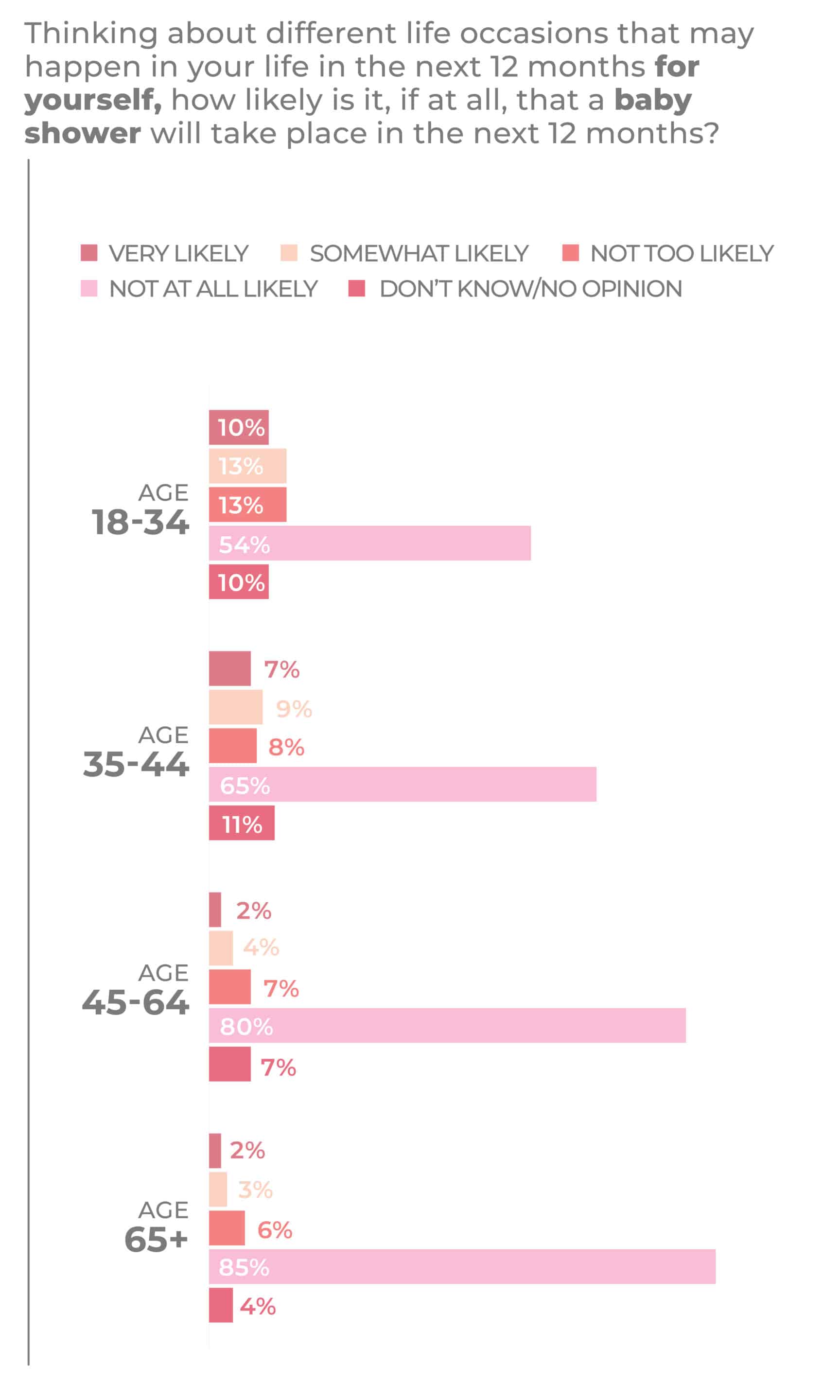





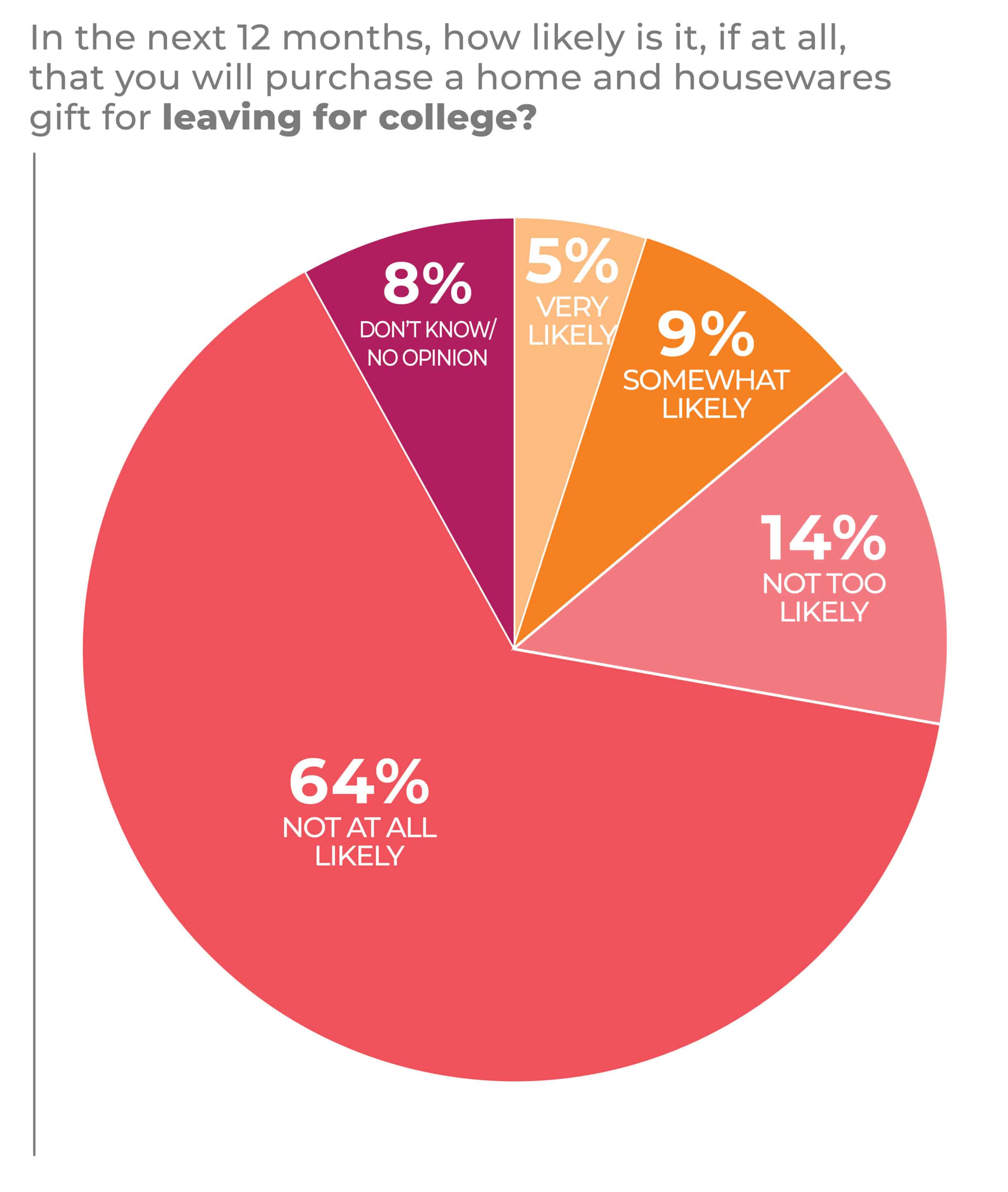
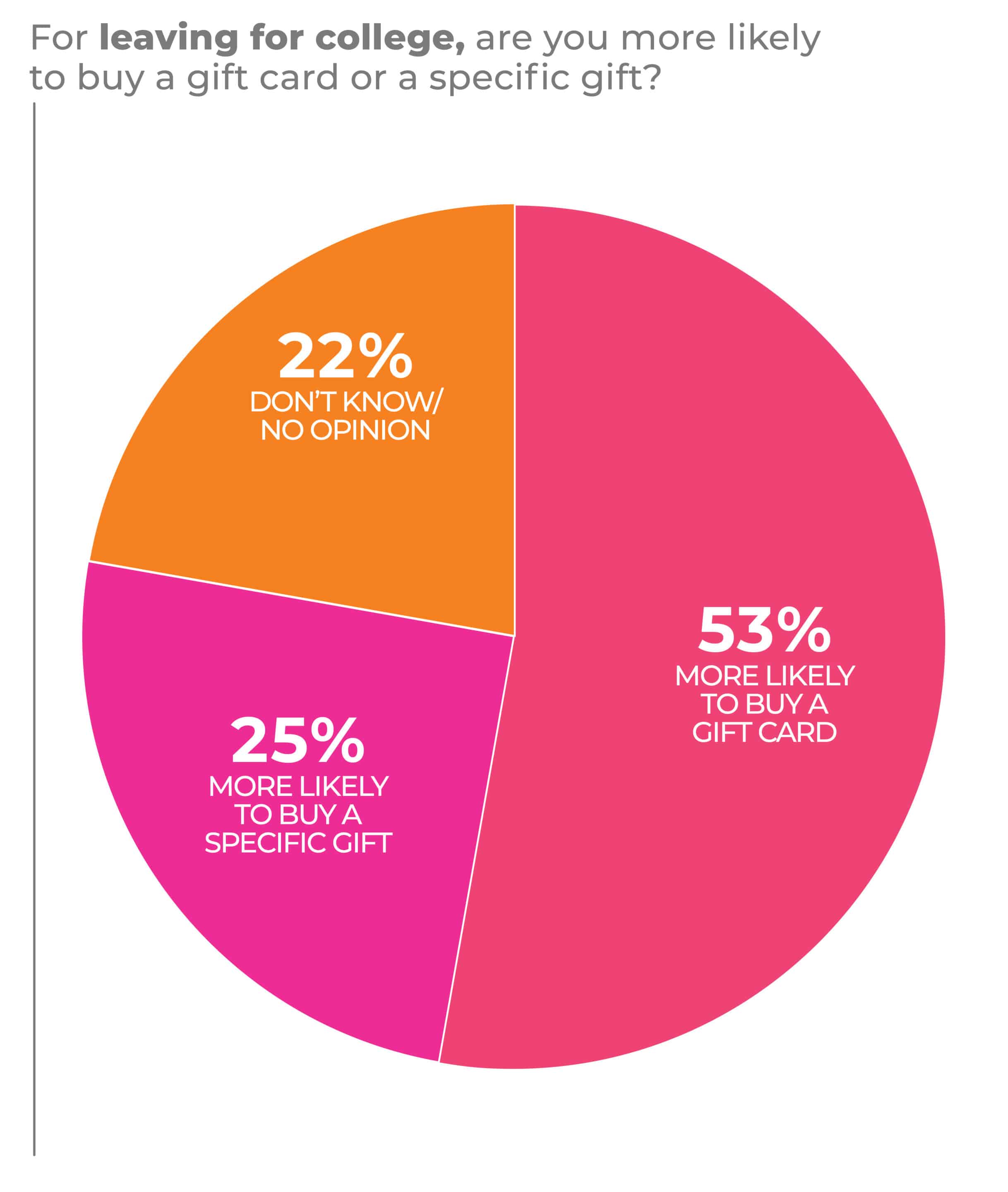

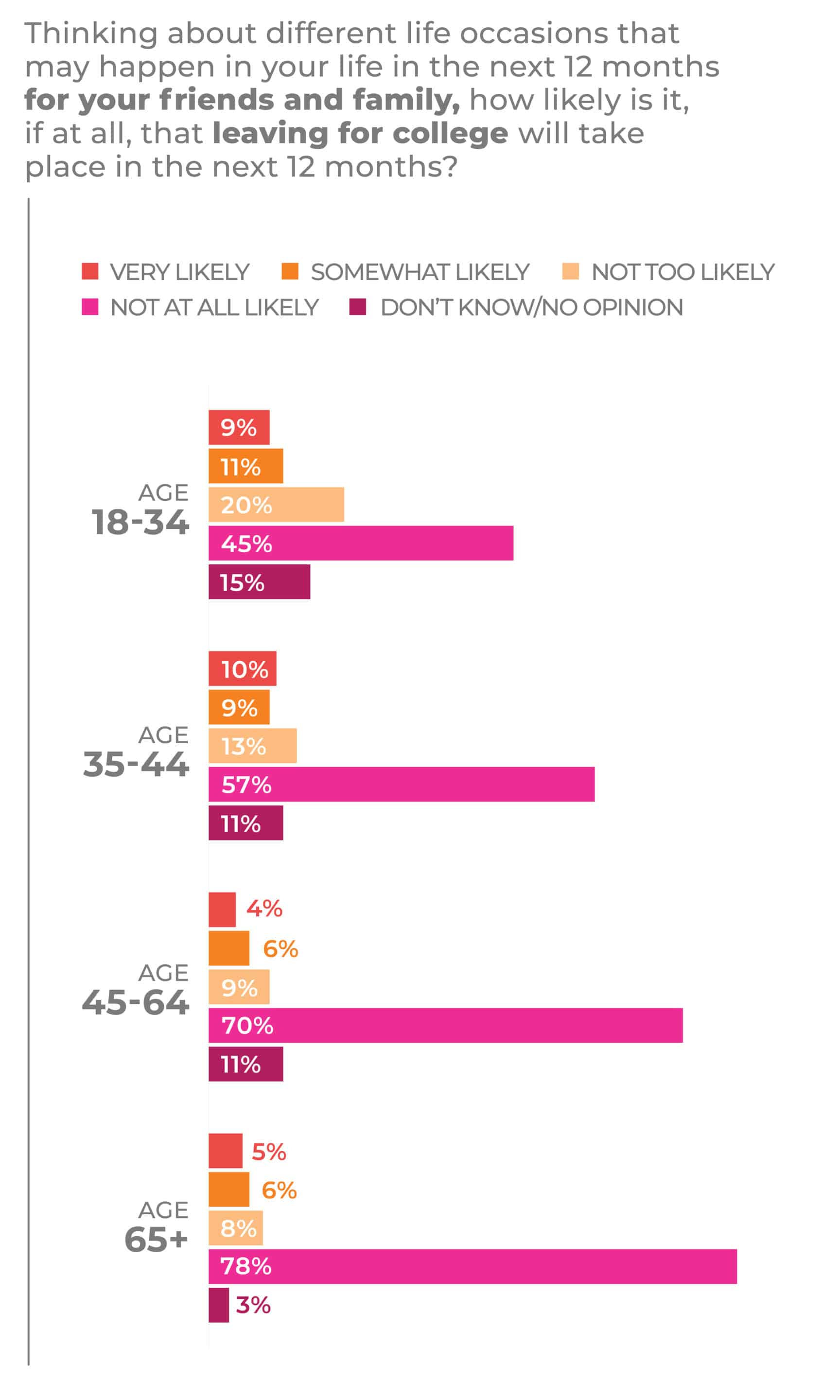
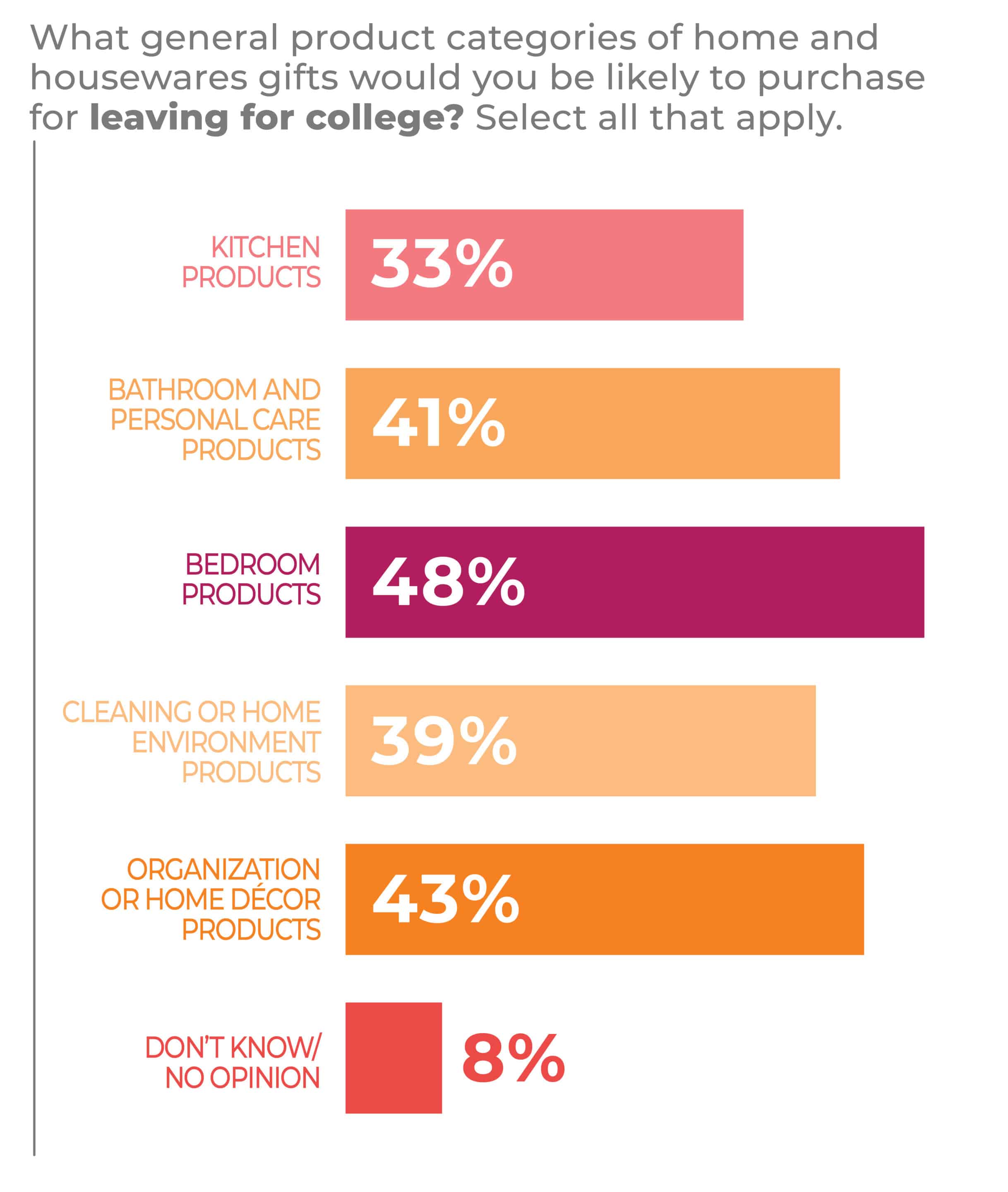
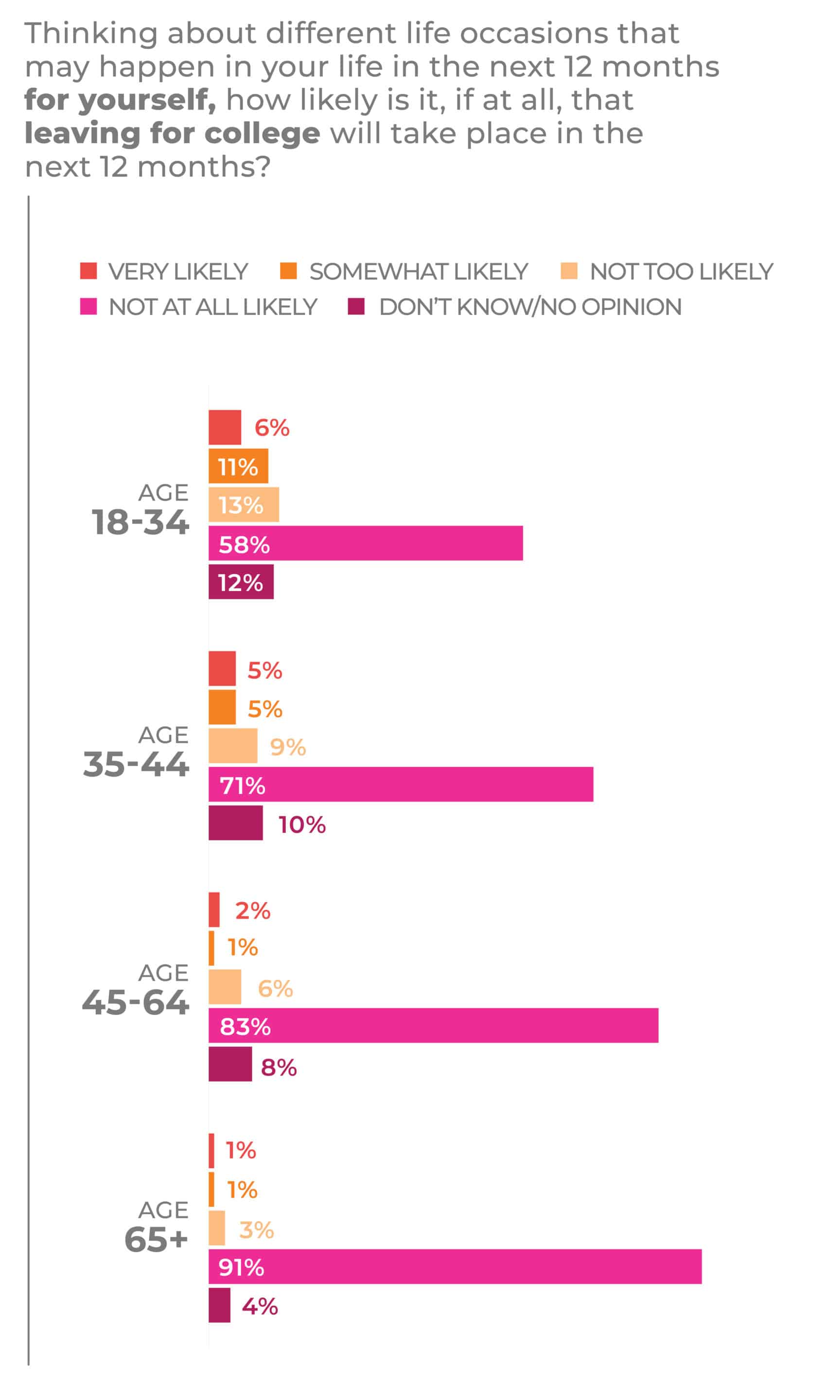





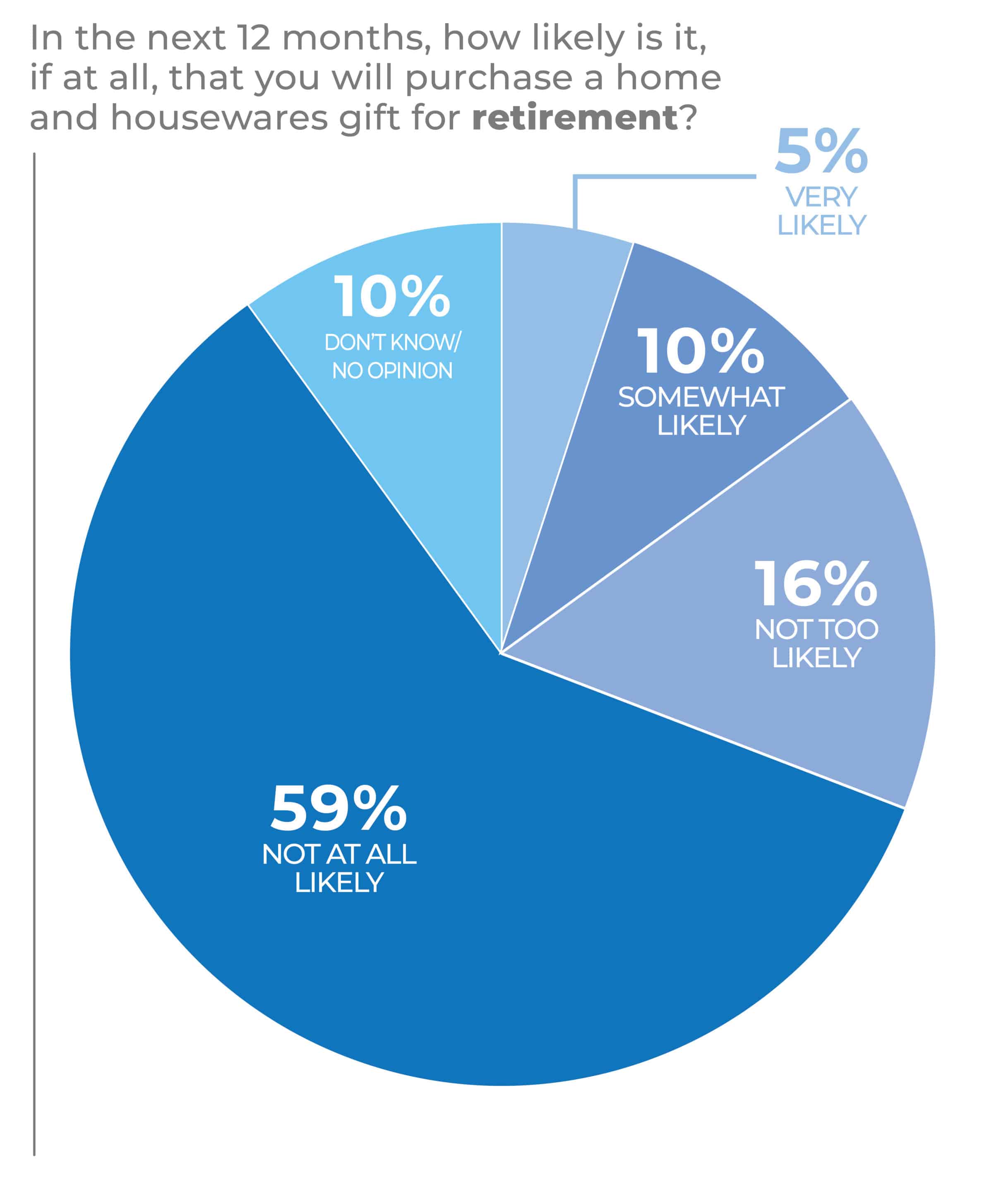
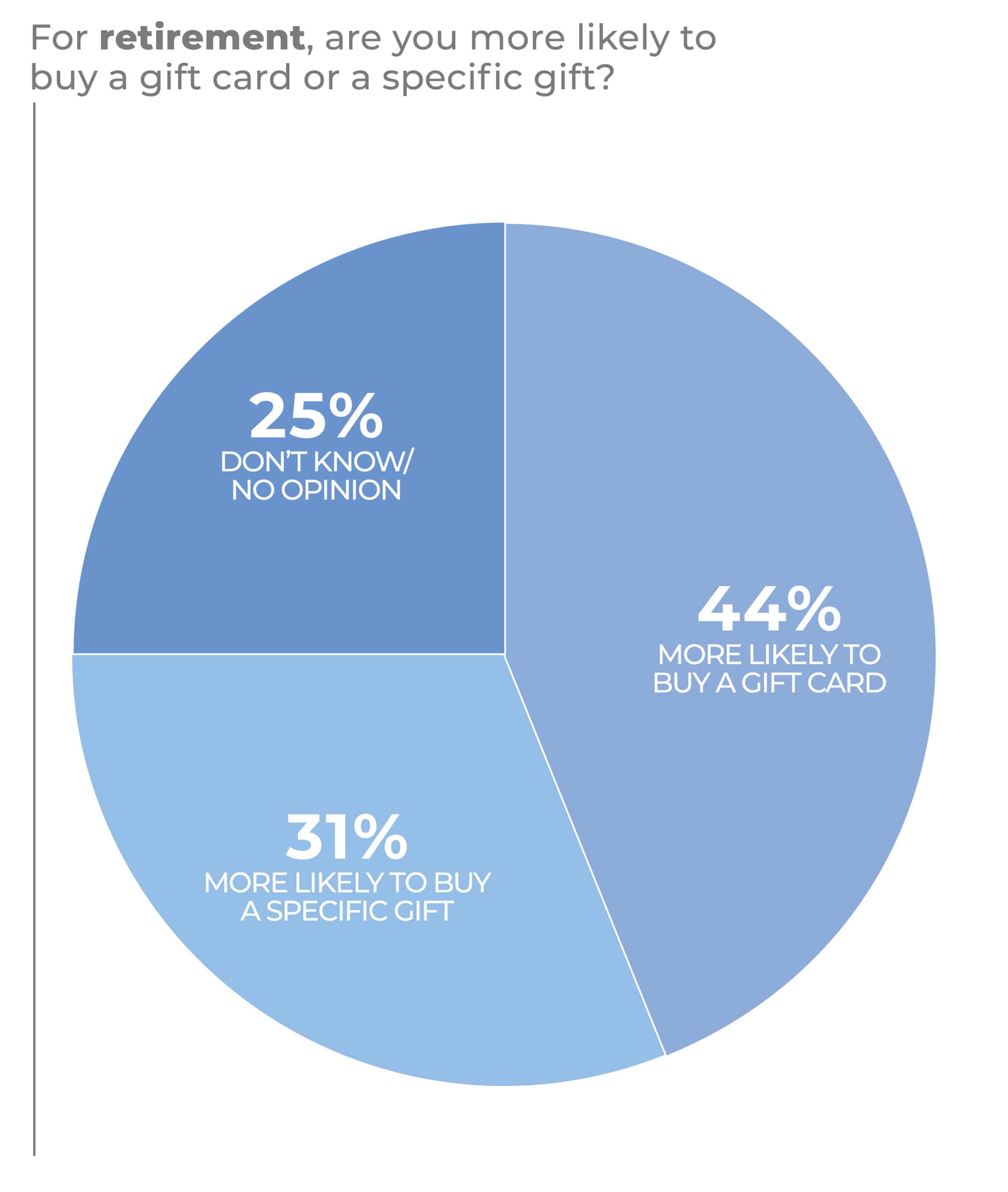

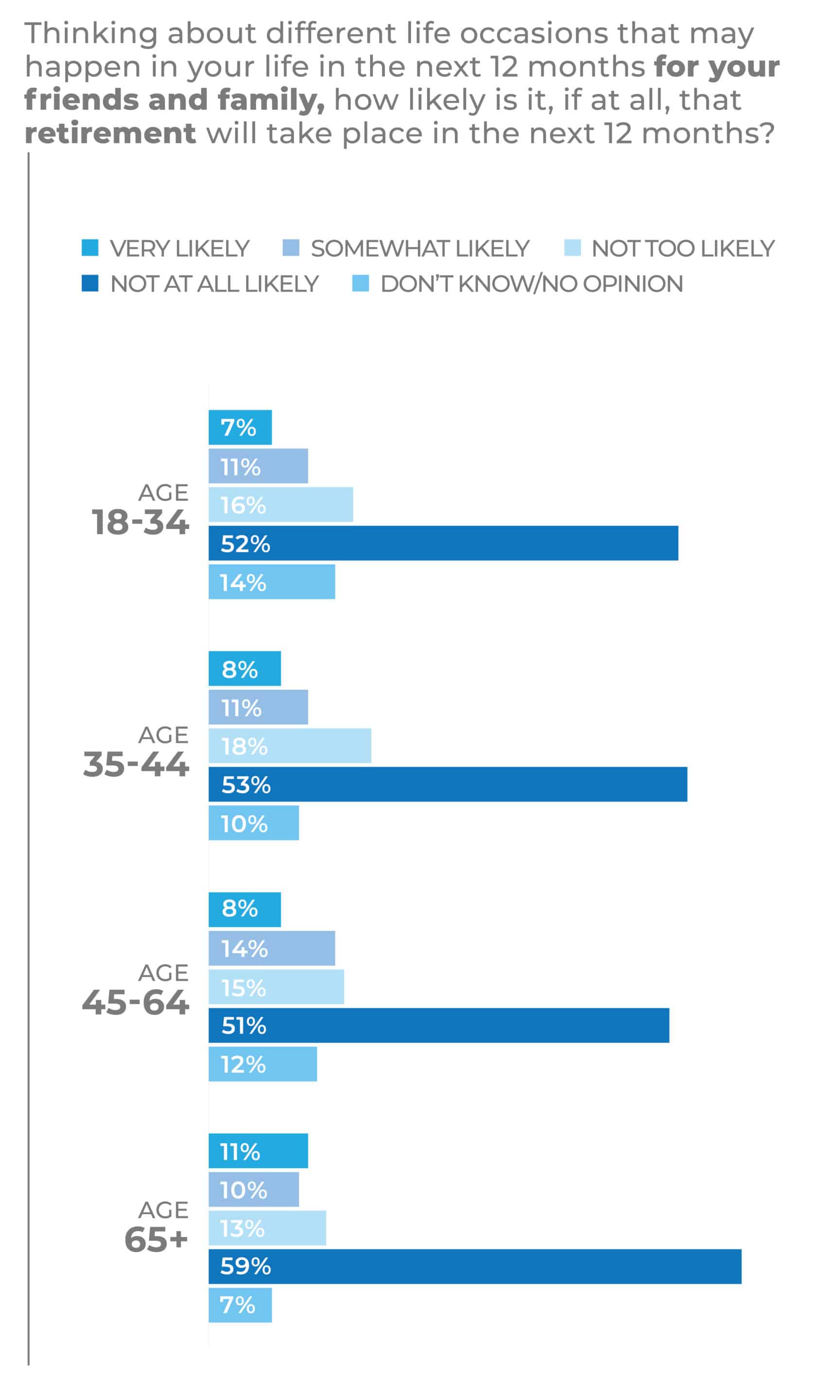
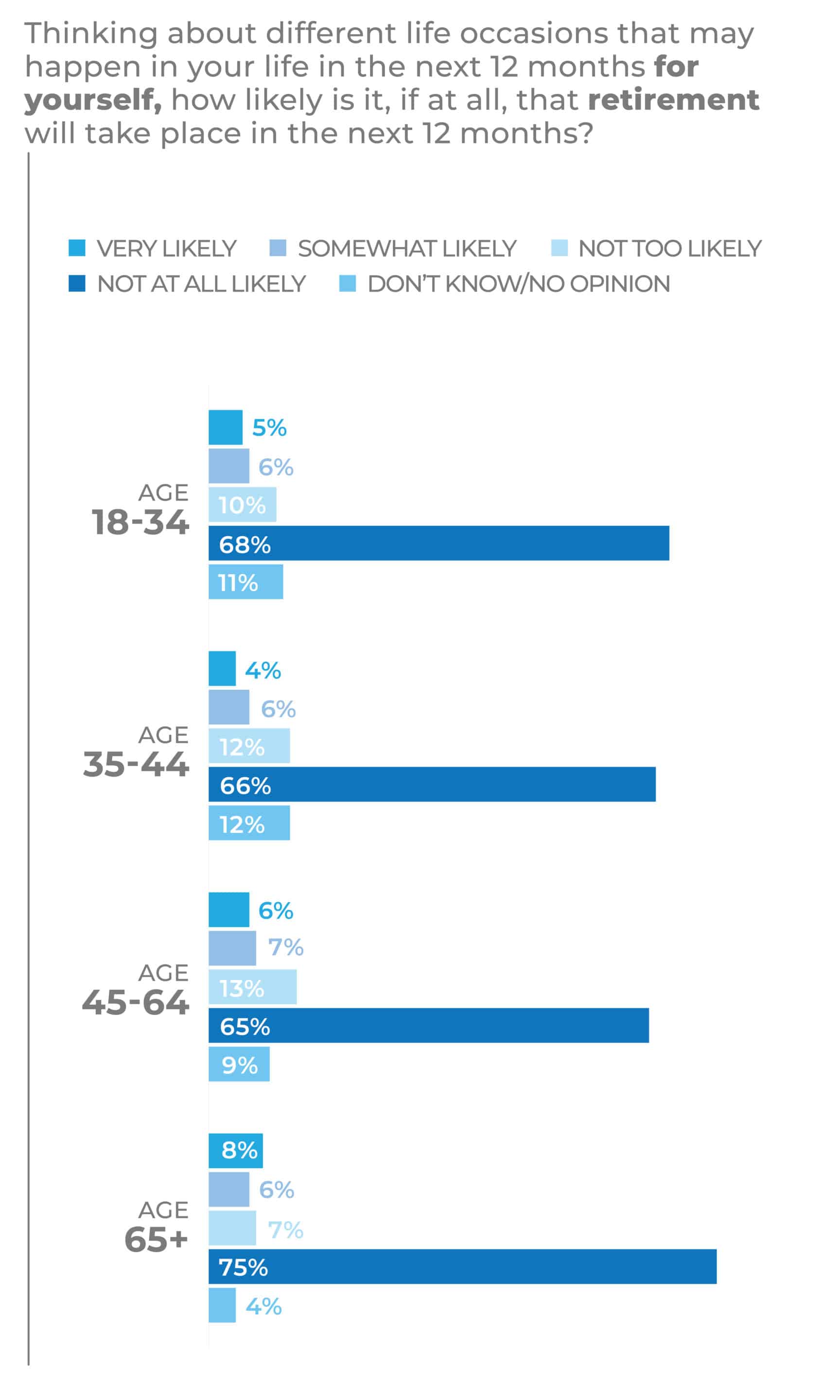
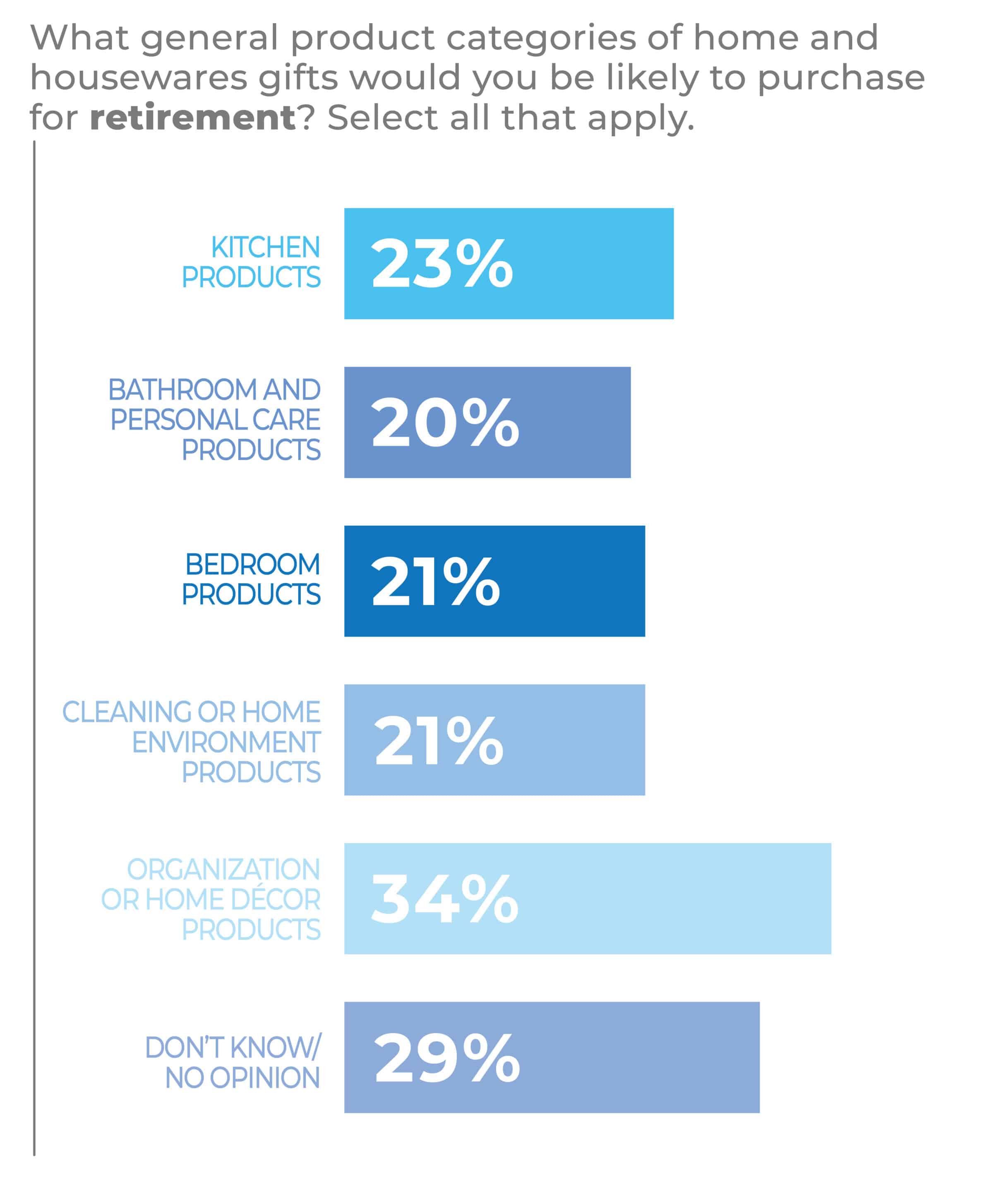



 Weddings >
Weddings >